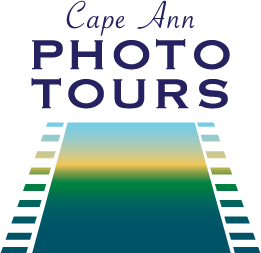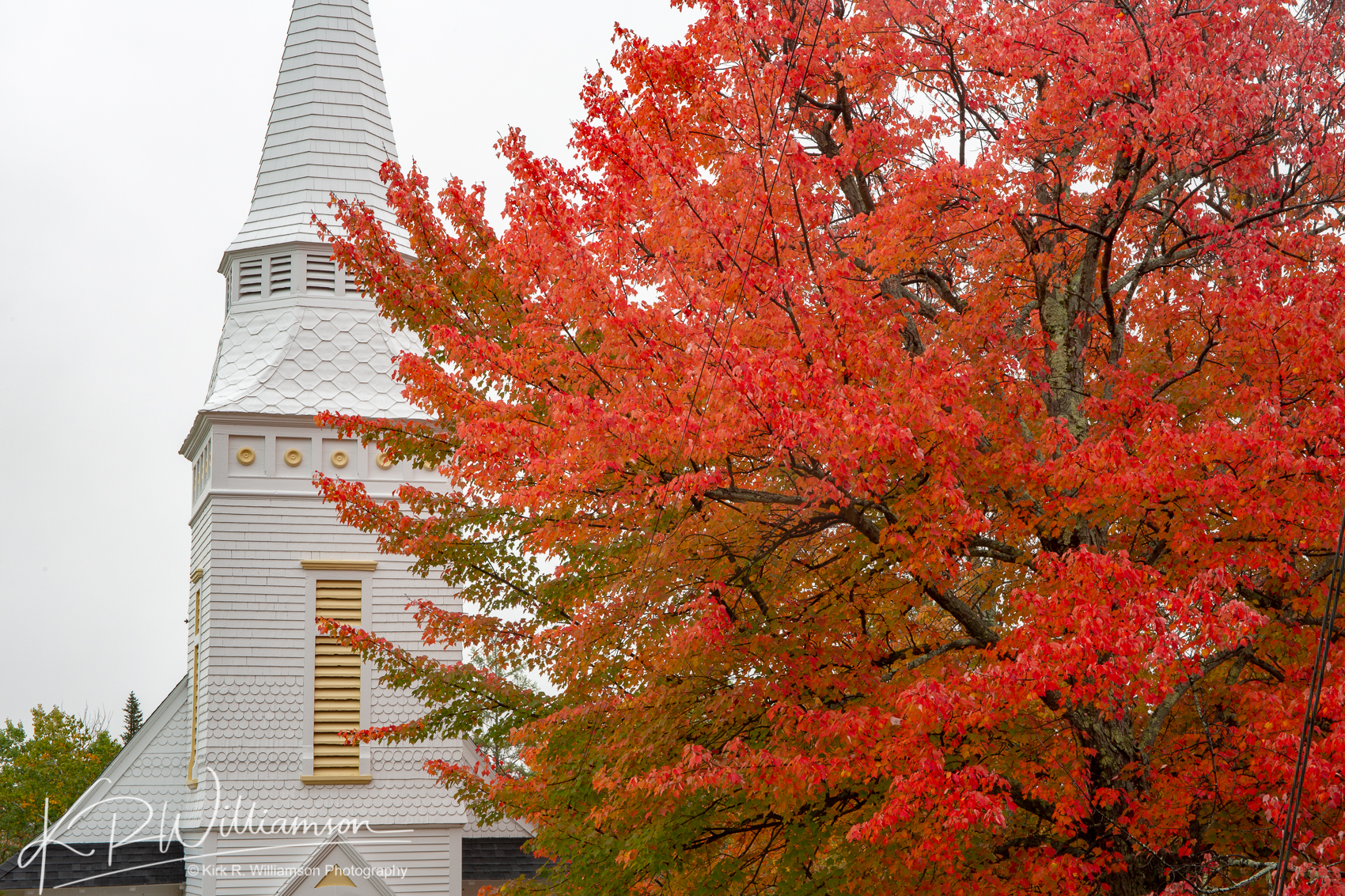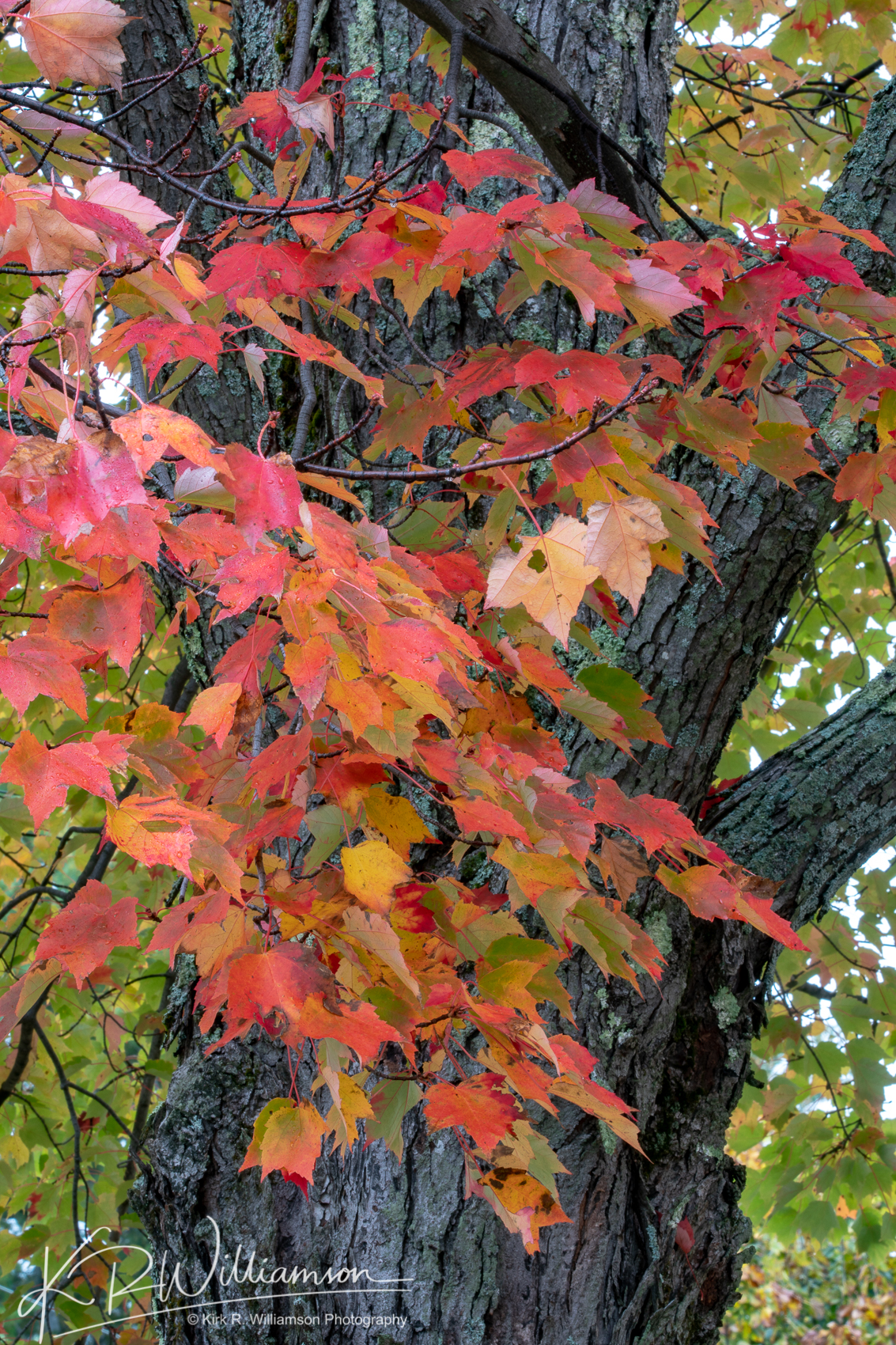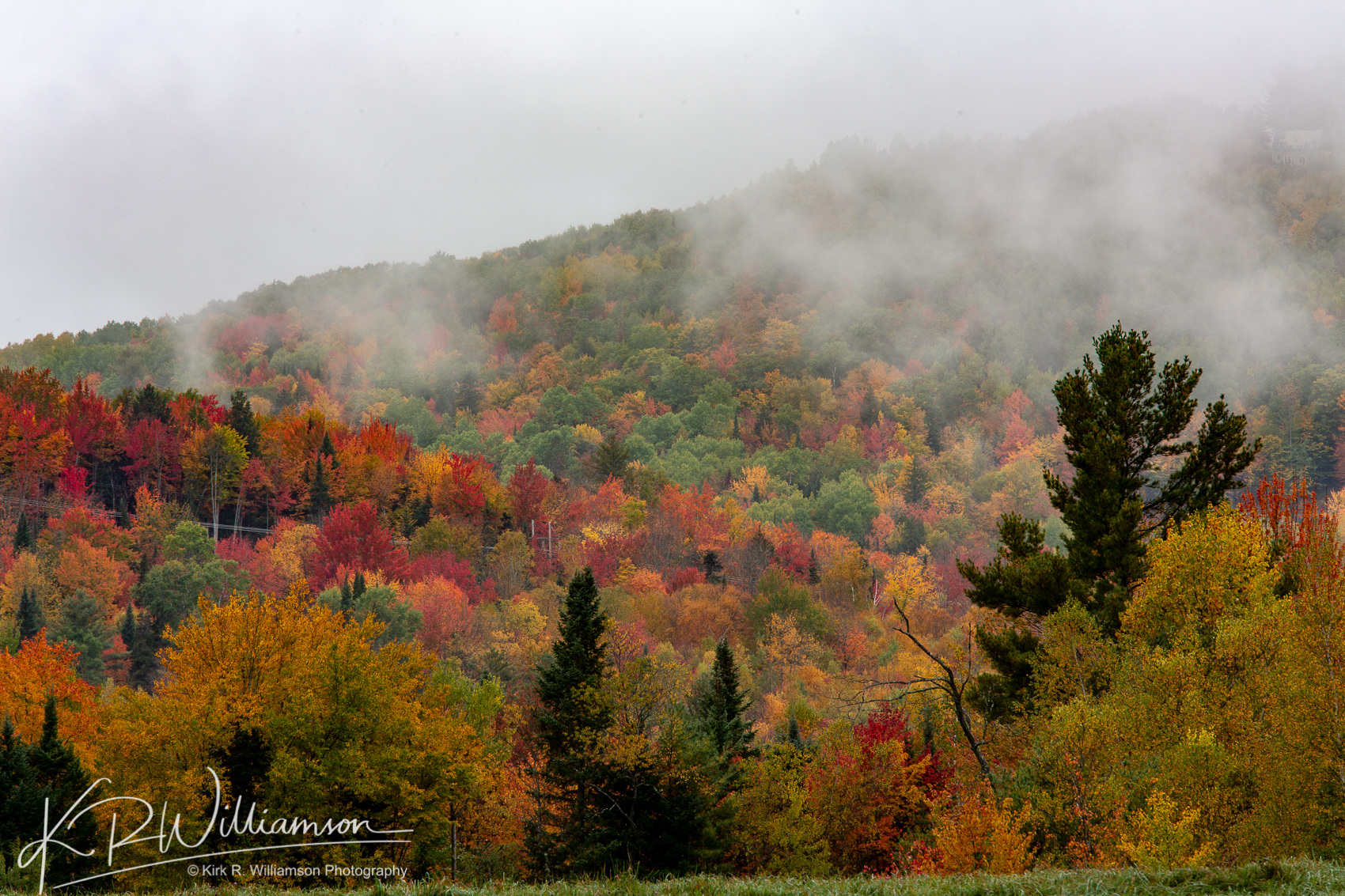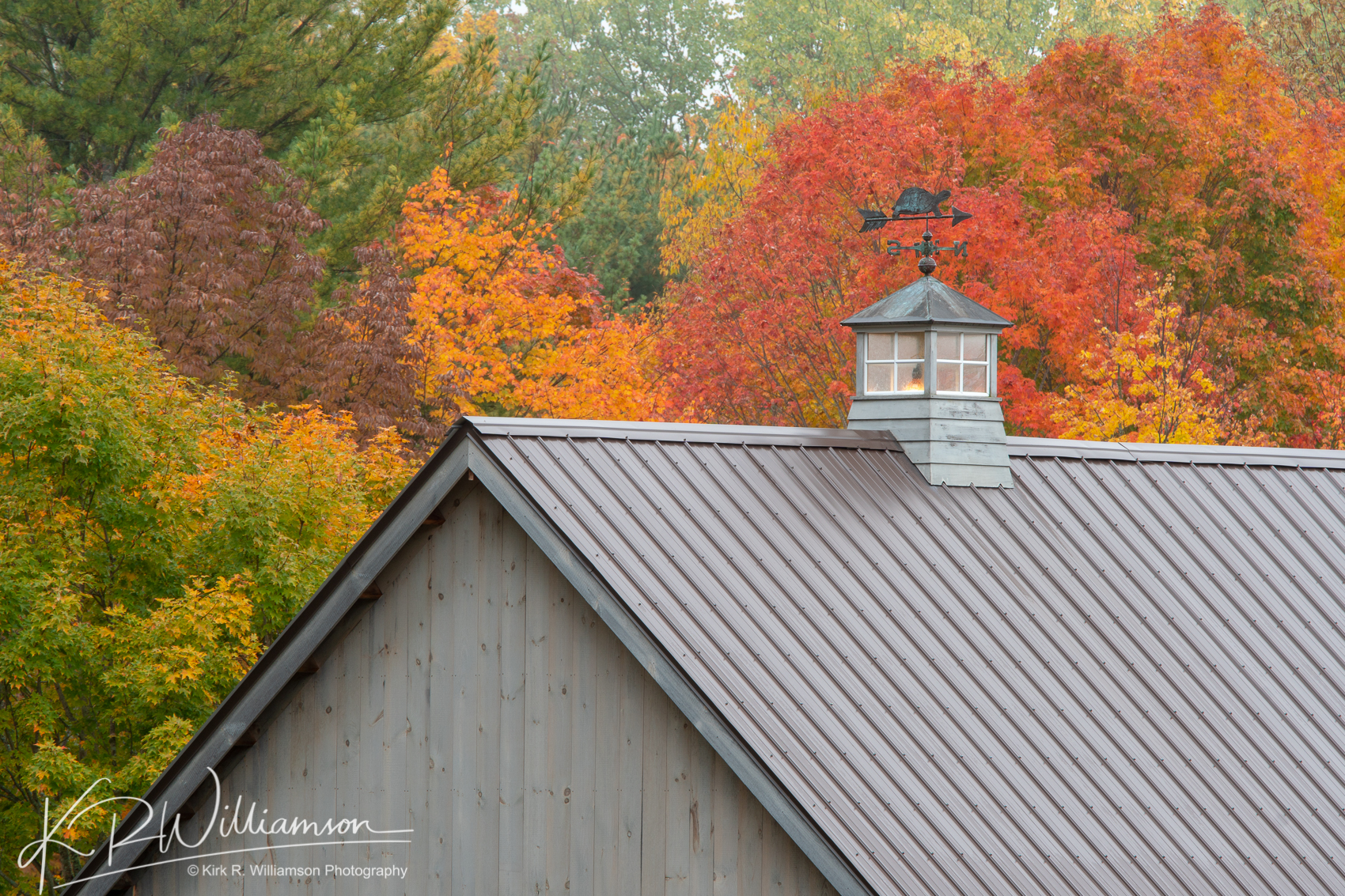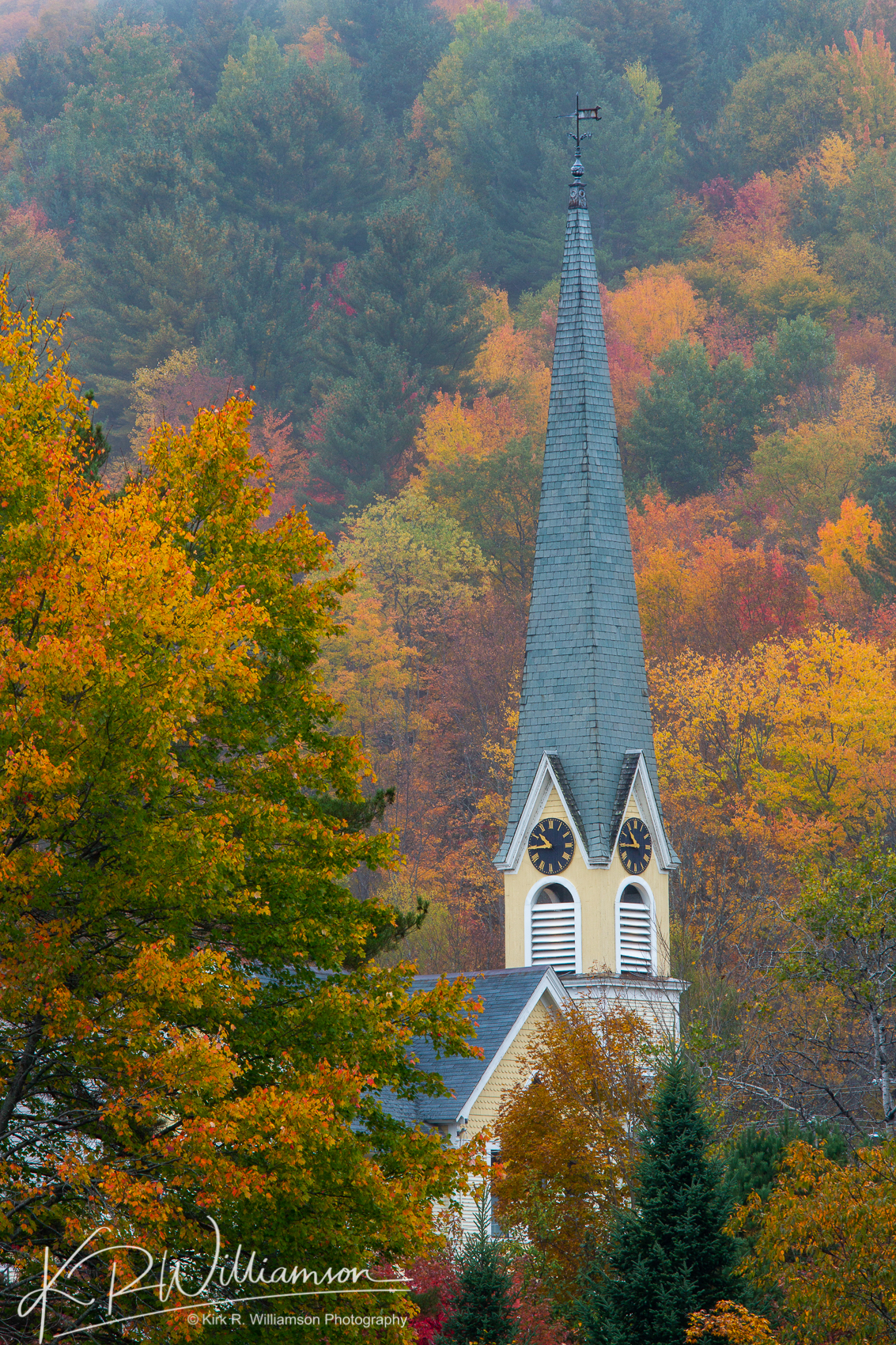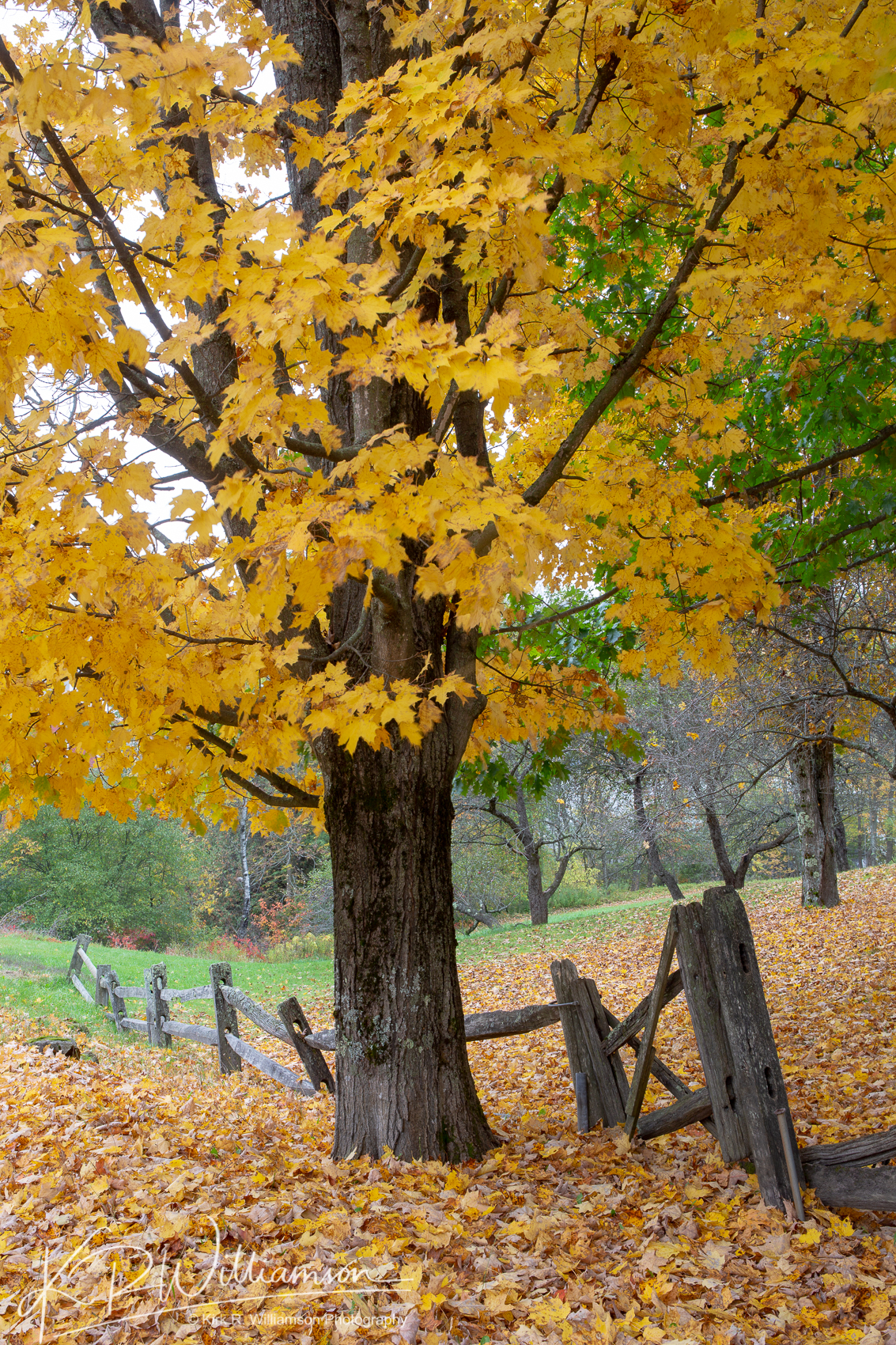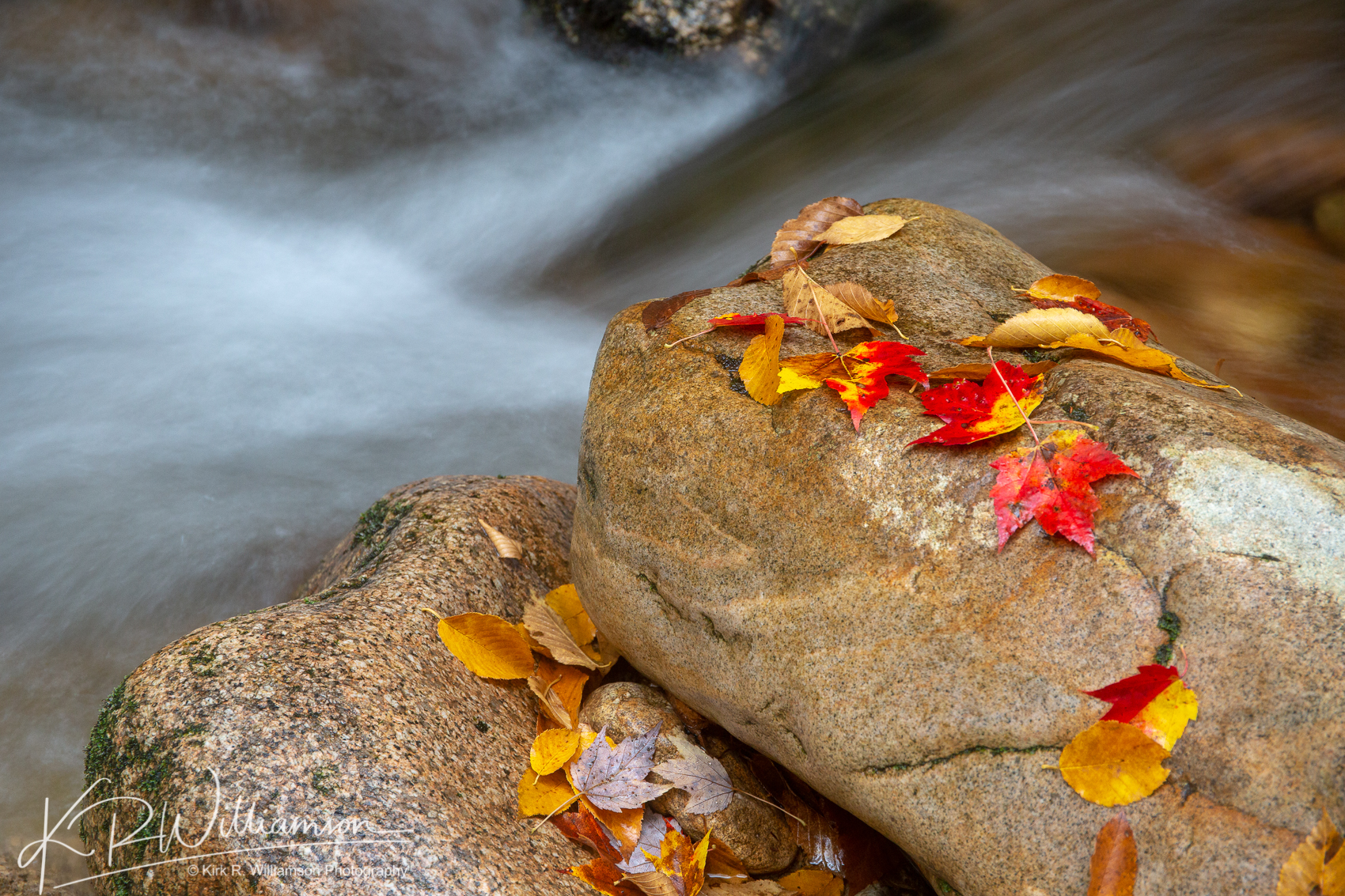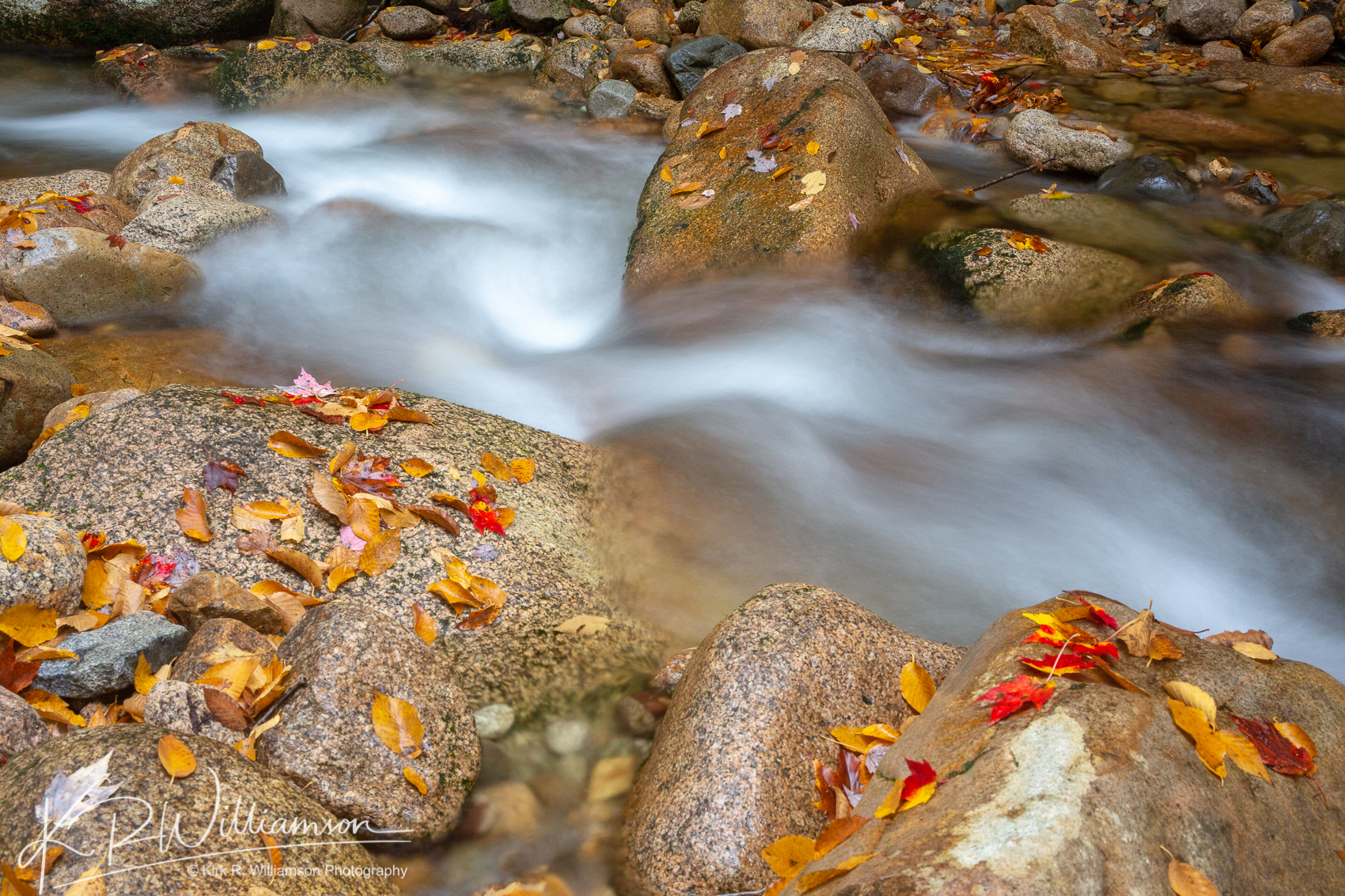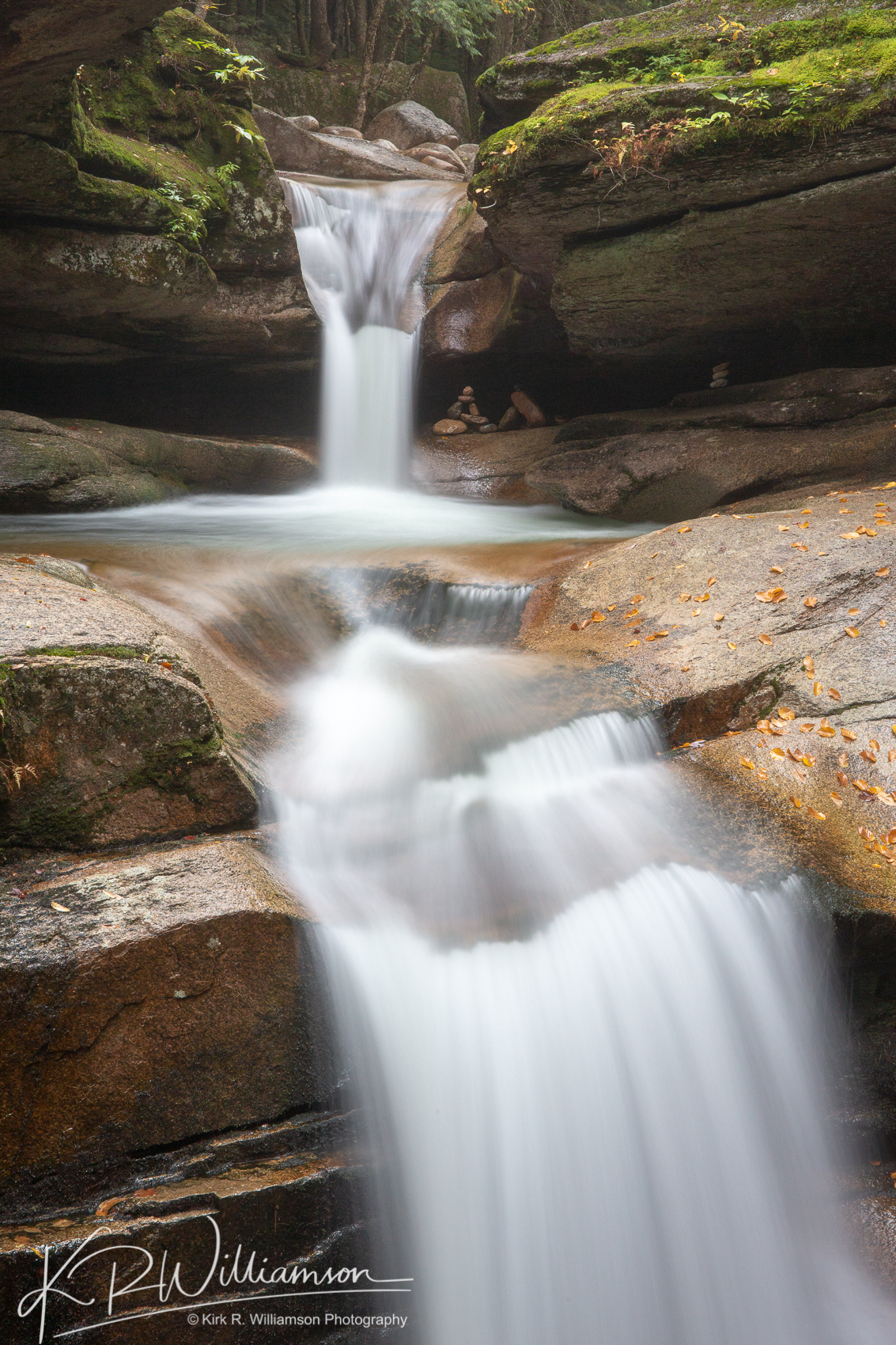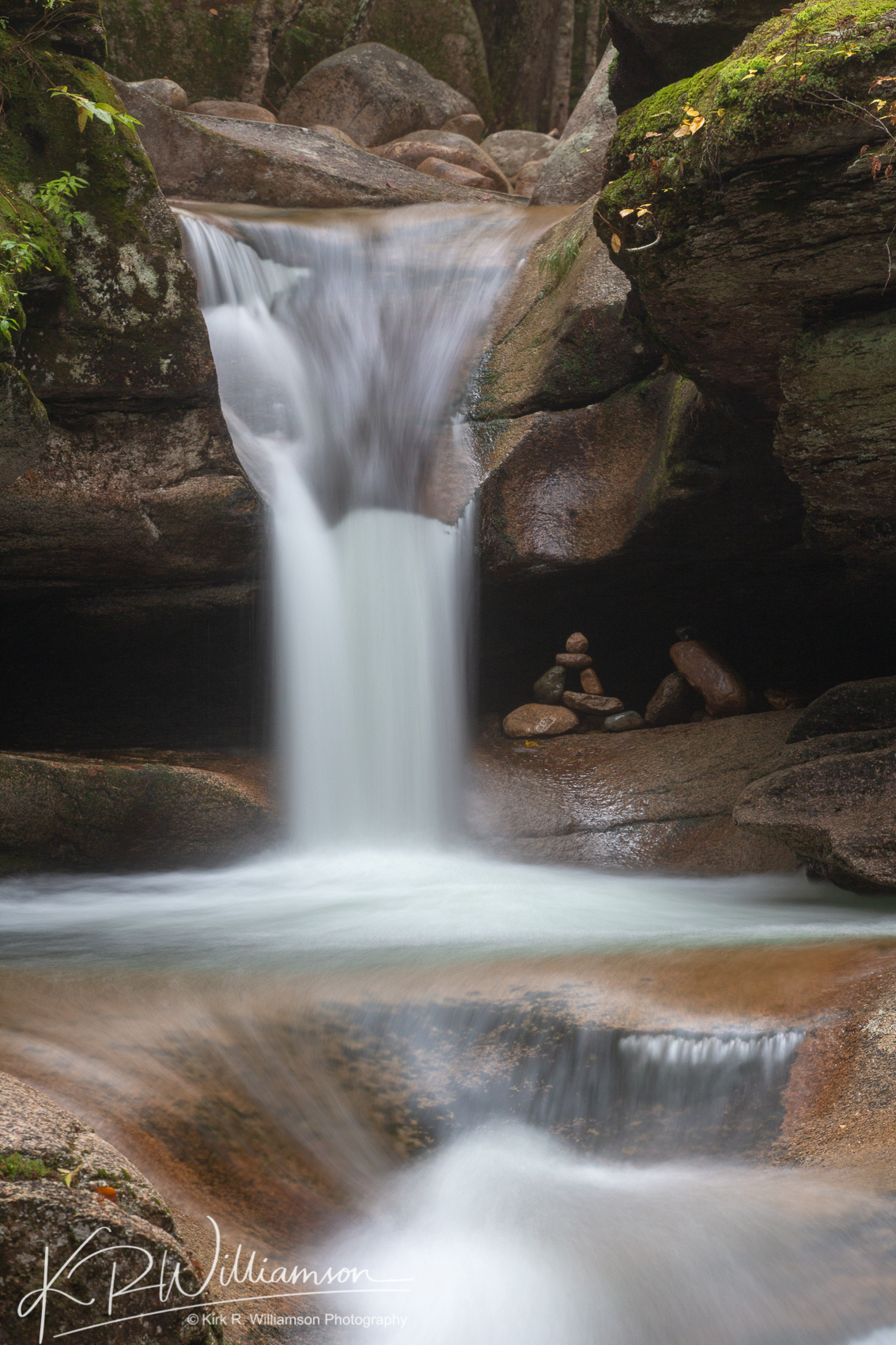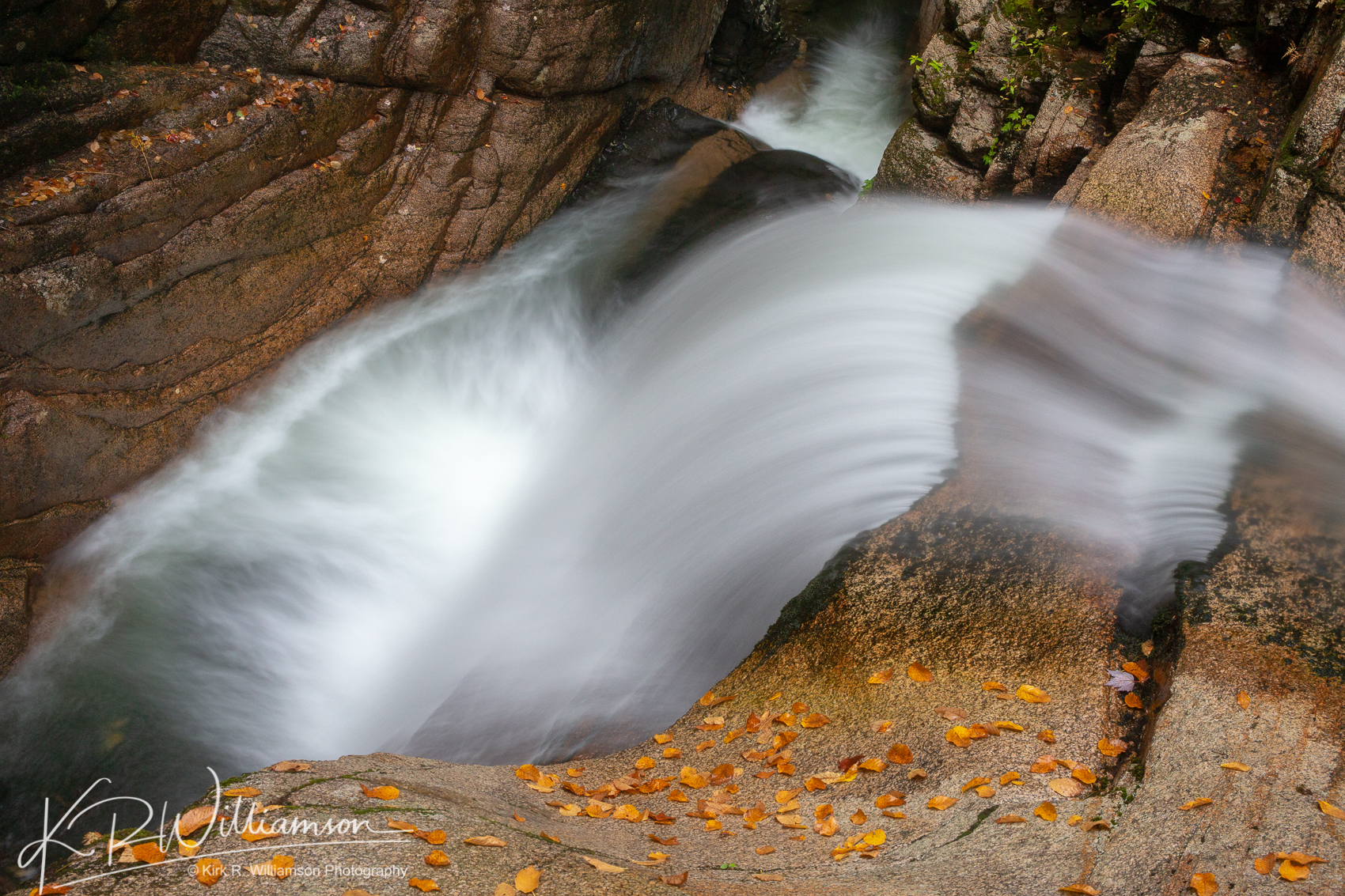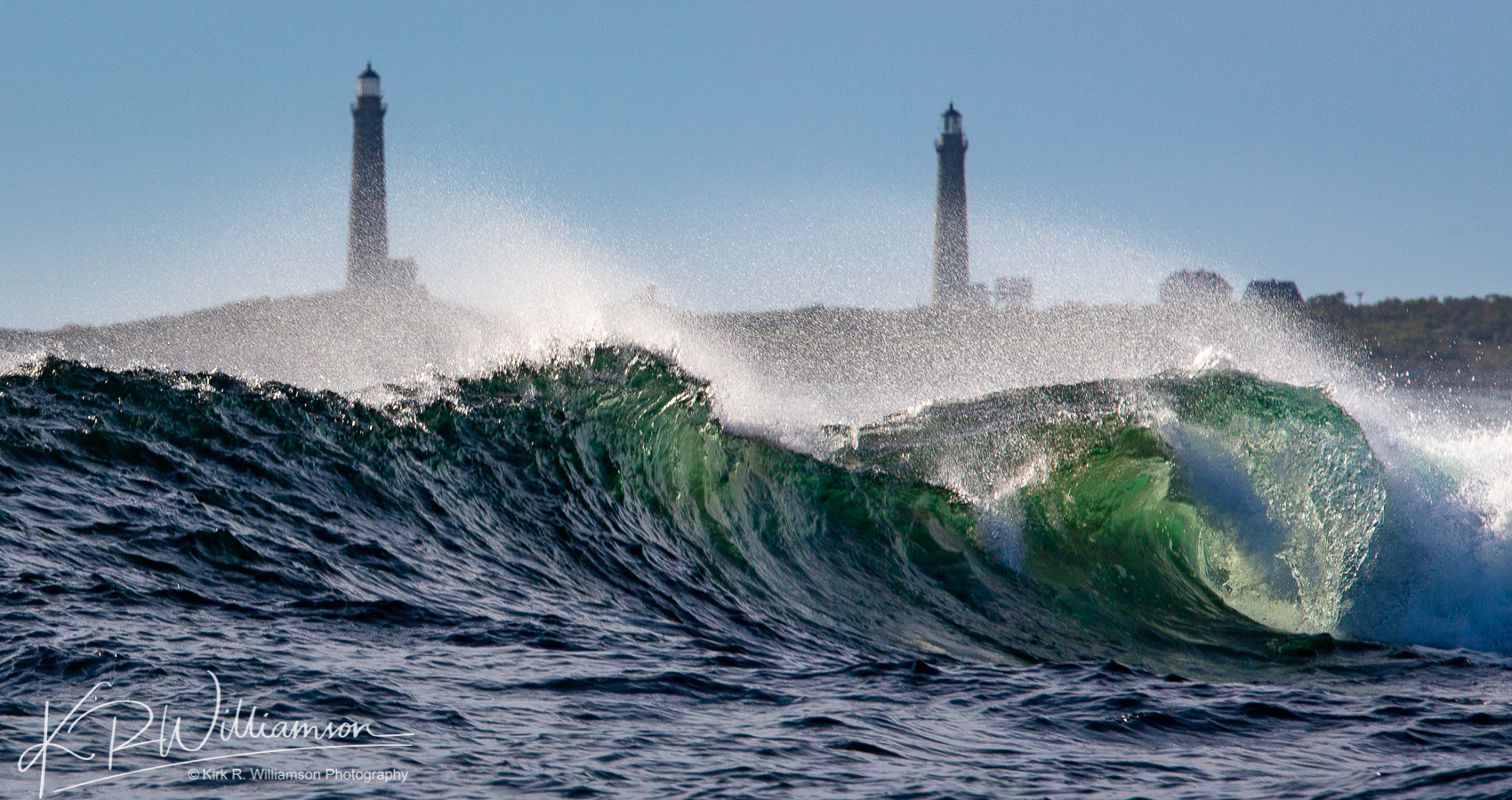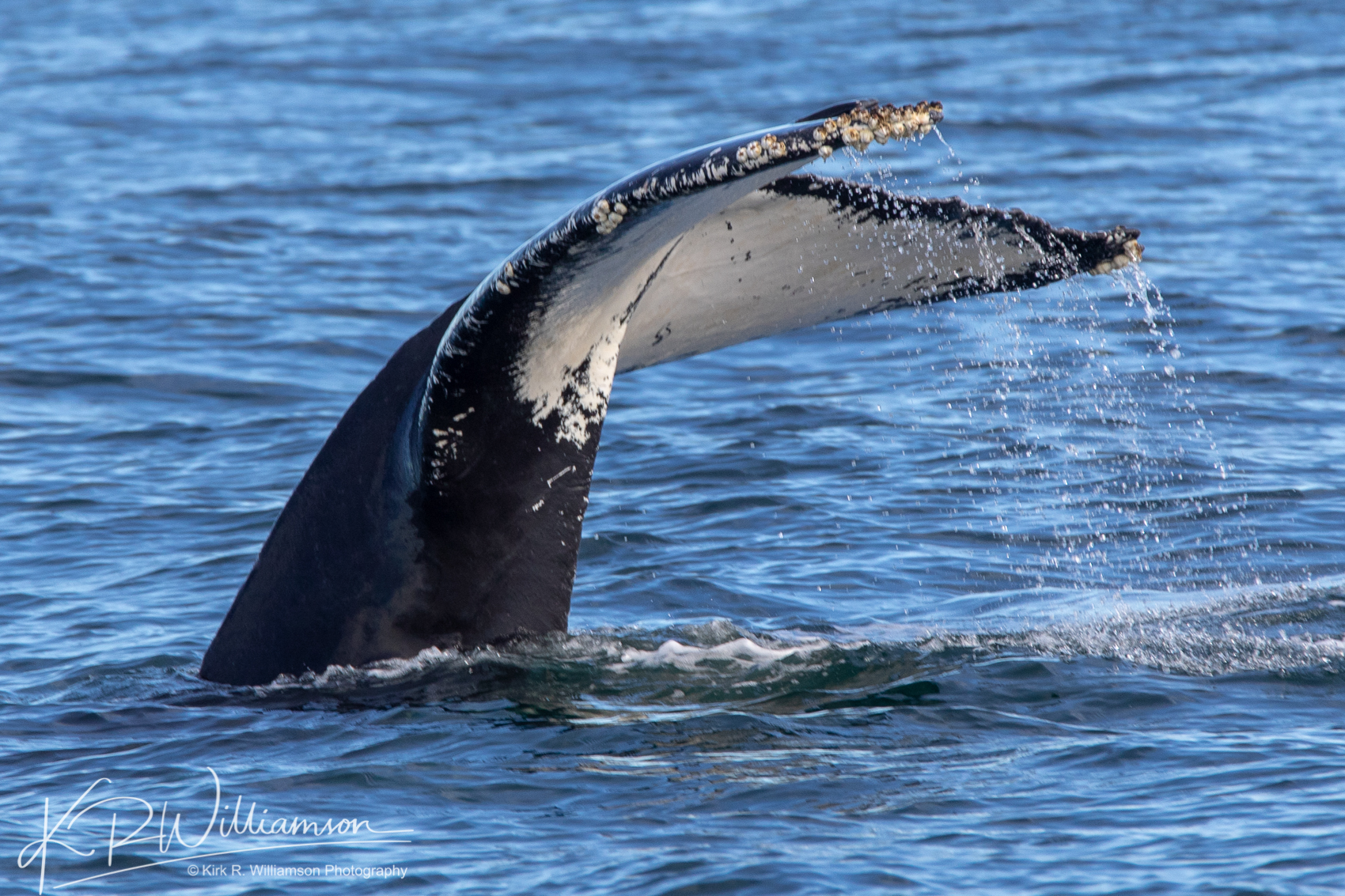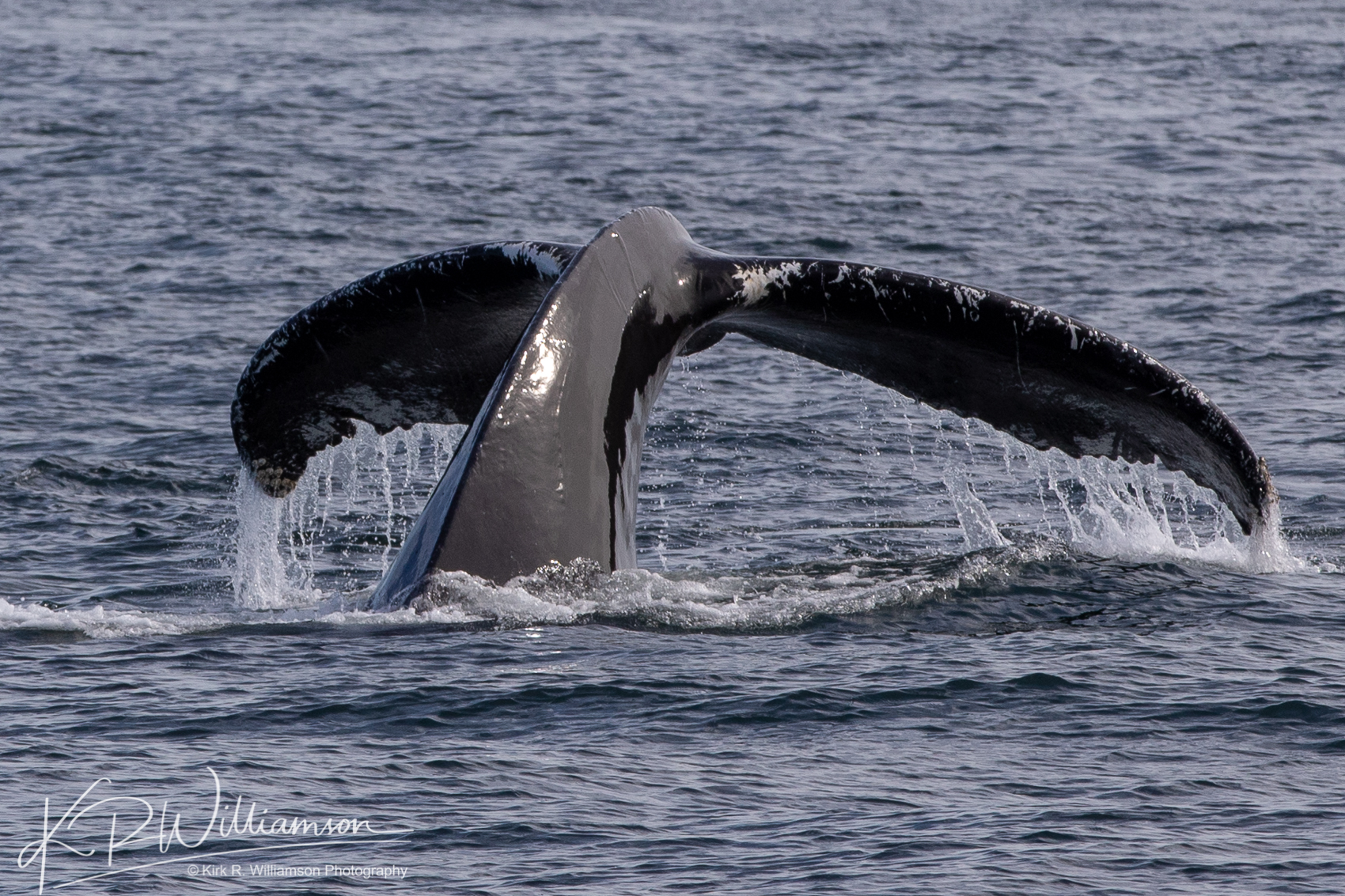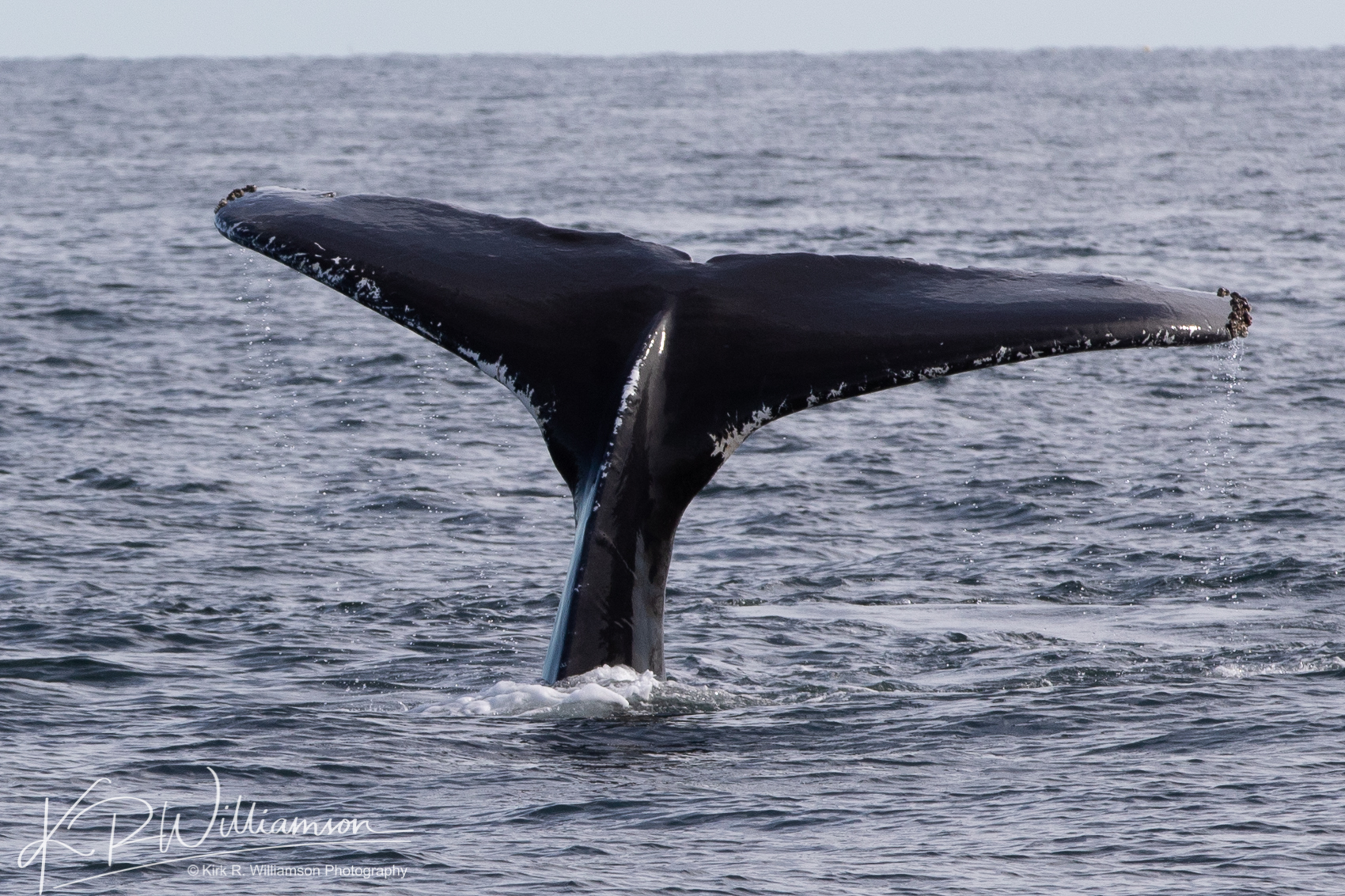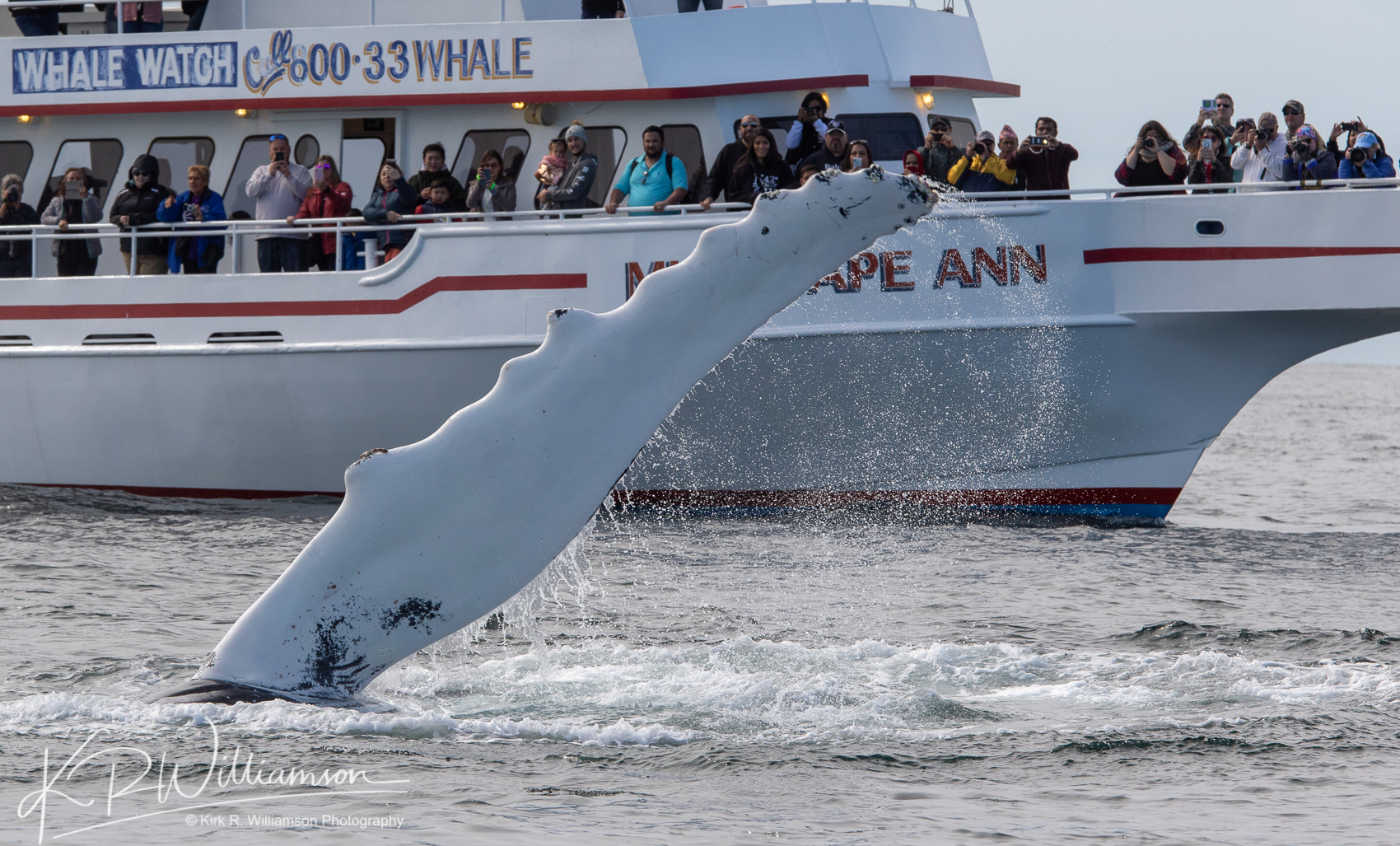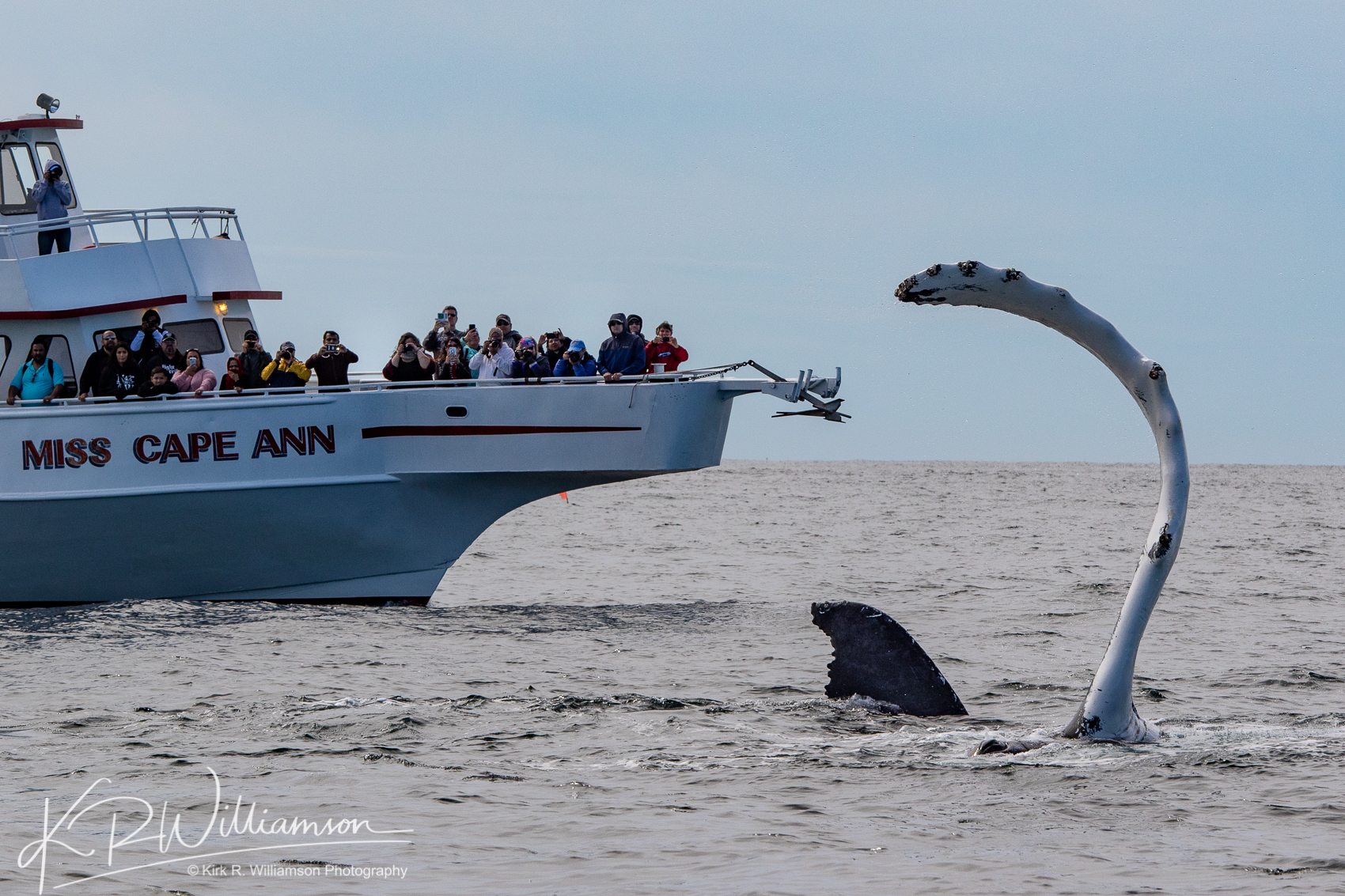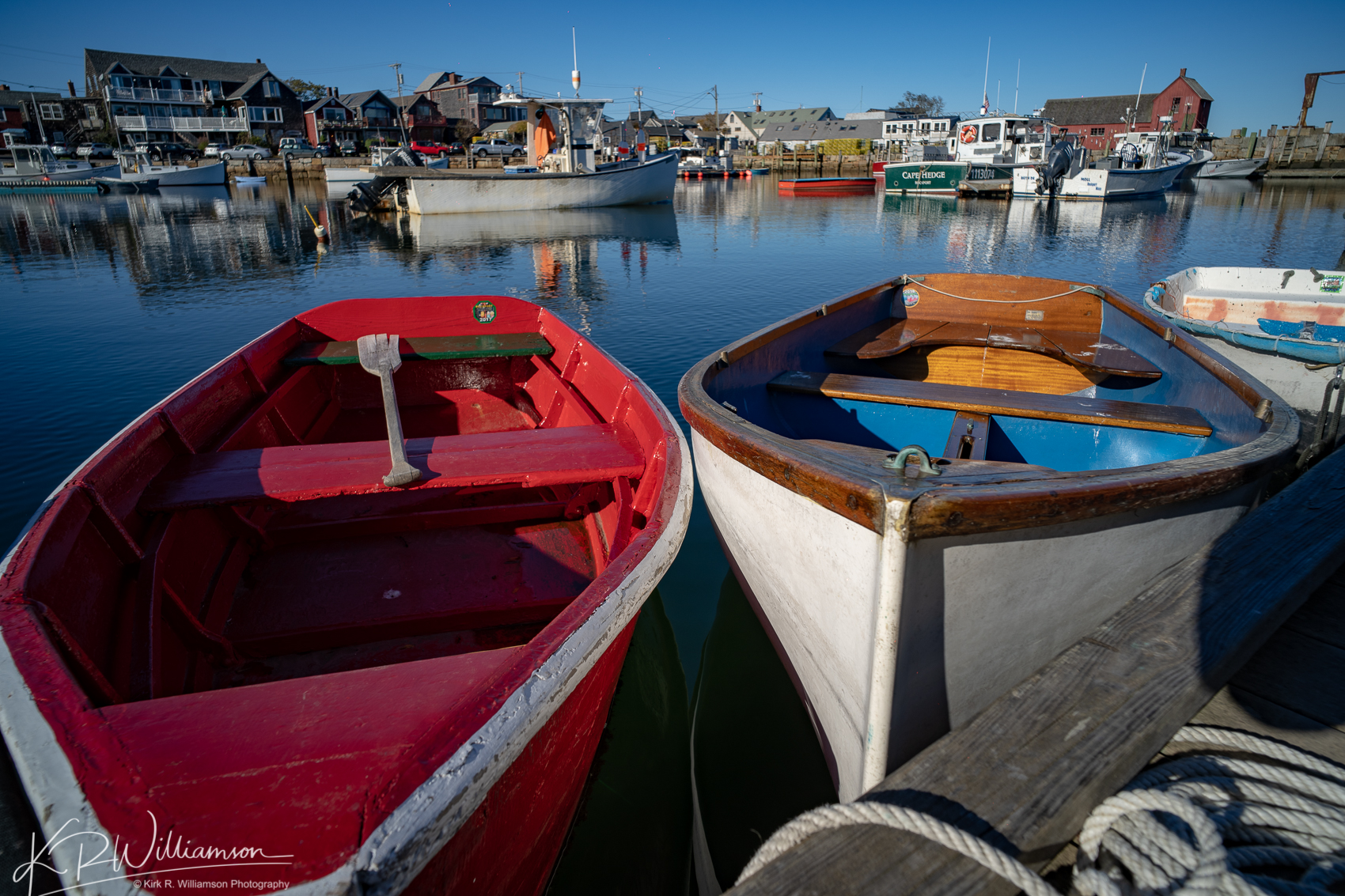
Introduction
The mirrorless debate has started to fester inside my decidedly Canon fanboy brain now for about a year or so. I purchased a Sony a6300 over a year ago and have not regretted it. But that being said I love my Canon’s, a 5D Mk3 and a 7D Mk2. I have used Canon for my whole professional life which spans now over 40 years! The lenses are superb and have never failed me. When the Sony a7lll came out I was intrigued as this camera looked incredibly awesome. So I read as much as I could and finally decided to rent it for four days to see if it really was what it seemed. My biggest problem was not the camera but the two days of rain that interrupted my shooting with it. Thus I only got to shoot with my 24-70 f4L and only two Leica lenses the 21 Super Elmar and the 50 f1.4 Summilux. The Canon 16-35 f2.8L lll, 70-200 f2.8L ll, 300 f2.8L and 100 f2 and my other Leica glass sat in the bag, very frustrating!
My main reasons for renting the Sony a7lll were to see how these lenses would perform on a full frame Sony with adapters. The biggest complaint had been that non-native ultra wide M lenses performed poorly wide open in the corners. I have a Leica 21mm Super Elmar and I especially wanted to see how this lens would do with the Novoflex adapter. I use it on my Sony a6300 and it performs great but is only a 30mm with the crop.
Canon lenses with the Sigma MC-11 adapter
I found this adapter, which I purchased from B&H Photo, to be an excellent adapter. The best thing about it was that at the time it was only $150. It has a firmware port on the side for updates and is fully compatible with Canon EF mount lenses. The focusing with this adapter is flawless. It is fast, responsive, and accurate.
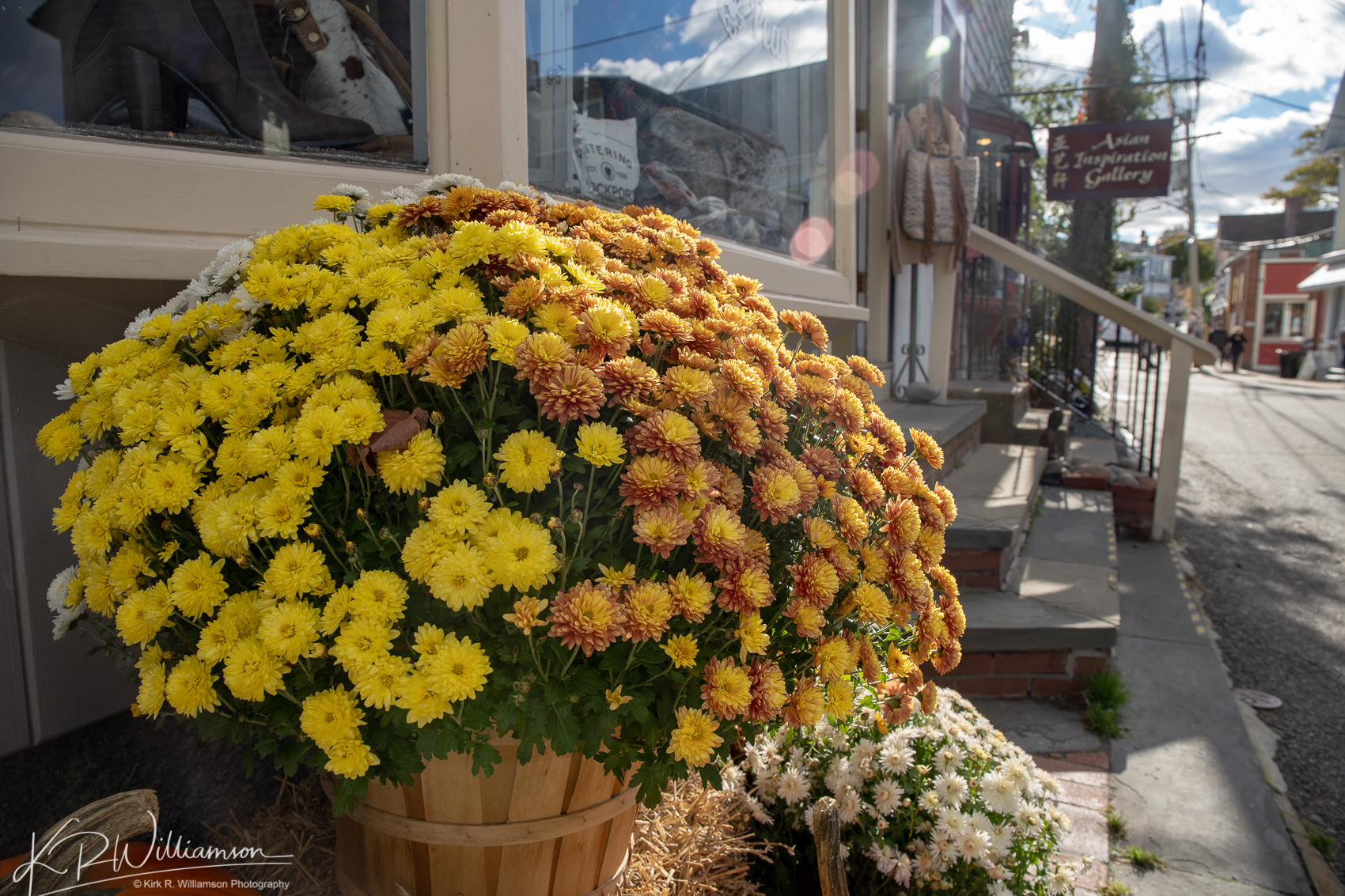
The only difference that I can find between it and using native Sony glass is that I can’t activate lock on focus in Servo continuous focus mode. Other than that it’s great. I set the a7lll to back button focus by turning off focus with shutter release. I tried a few of the focus modes and settled on flexible spot using Sony’s new joystick to move it around the viewing area. The only problem with this method was that when the camera was down at my side using the Peak strap system I would hit the joystick by accident. This would move the focus point into a corner and the next time I pulled the camera around to shoot it was a issue.
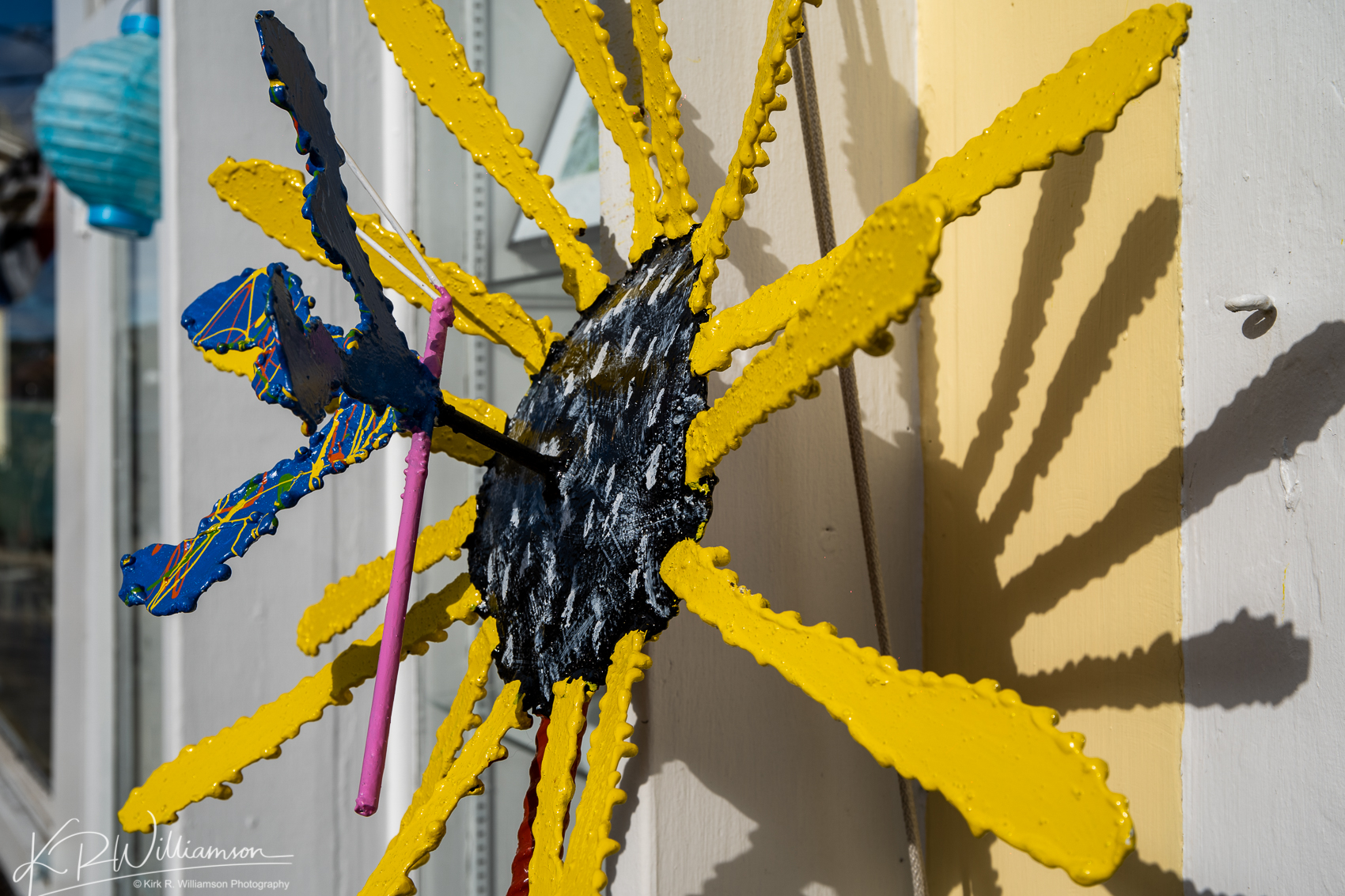
I was curious about the focus speed with the Sigma MC-11 combination. I knew that with my a6300 it performed really well in this regard. I recently photographed a girls field hockey game with it and was pleasantly surprised (more on that at a later time). The focus speed with the adapter on the Sony a7lll was close to my Canon 5D mklll. I was a bit surprised but for most of my purposes this works incredibly well. Using it for my professional work would be an issue as the size of the lens – adapter combination is a problem. It’s huge! It kind of negates the reason for using the Sony a7lll. But for landscape work and just about anything else it works great.
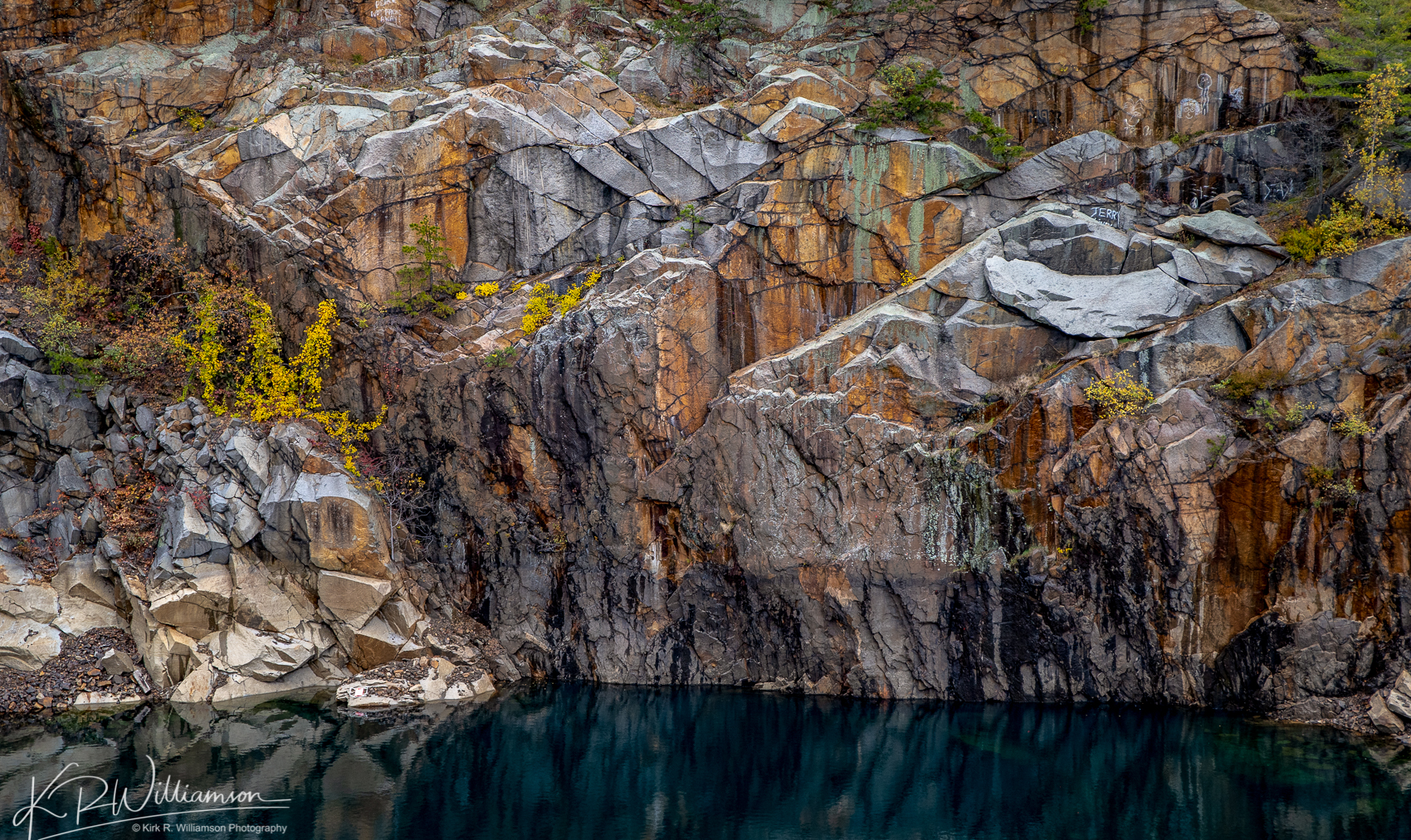
I was lucky to get out and shoot along the waterfront and up in the quarries in Rockport with my 24-70 f4L. Besides the size of the lens/adapter combination it performed very well. The focusing was perfect and the experience was a pleasure. My exposures were right on the nose as you can tell by seeing the results through the EVF. The combination of the Canon lenses and the Sony a7lll were pretty close to a dream combo if it were not for the size issue.
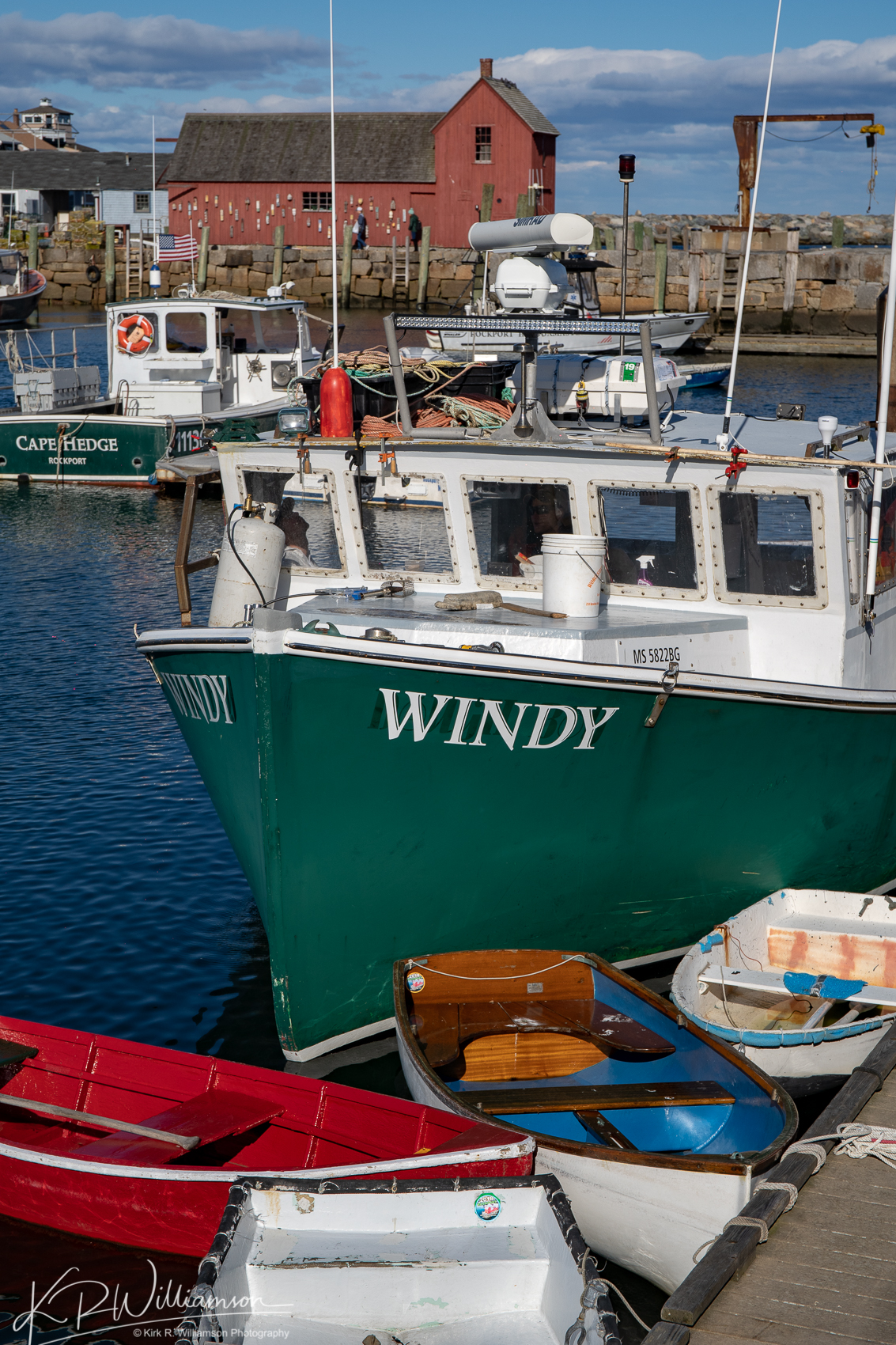
The only thing I did not have a chance to do was mount this rig on a tripod. The problem here would be that the Sigma MC-11 adapter does not have a tripod mount which is an issue since the rig is pretty big. Mounting the camera on a tripod with this lens/adapter combo could be an issue with the 24-70 and the 16-35 because they are rather large anyway. The 70-200 is not an issue as it has a tripod collar. The Metabones Canon EF to E mount adapter does have a tripod mount on it but at $399 vs $250 it’s way more money. I have read the performance is about equal, interesting.
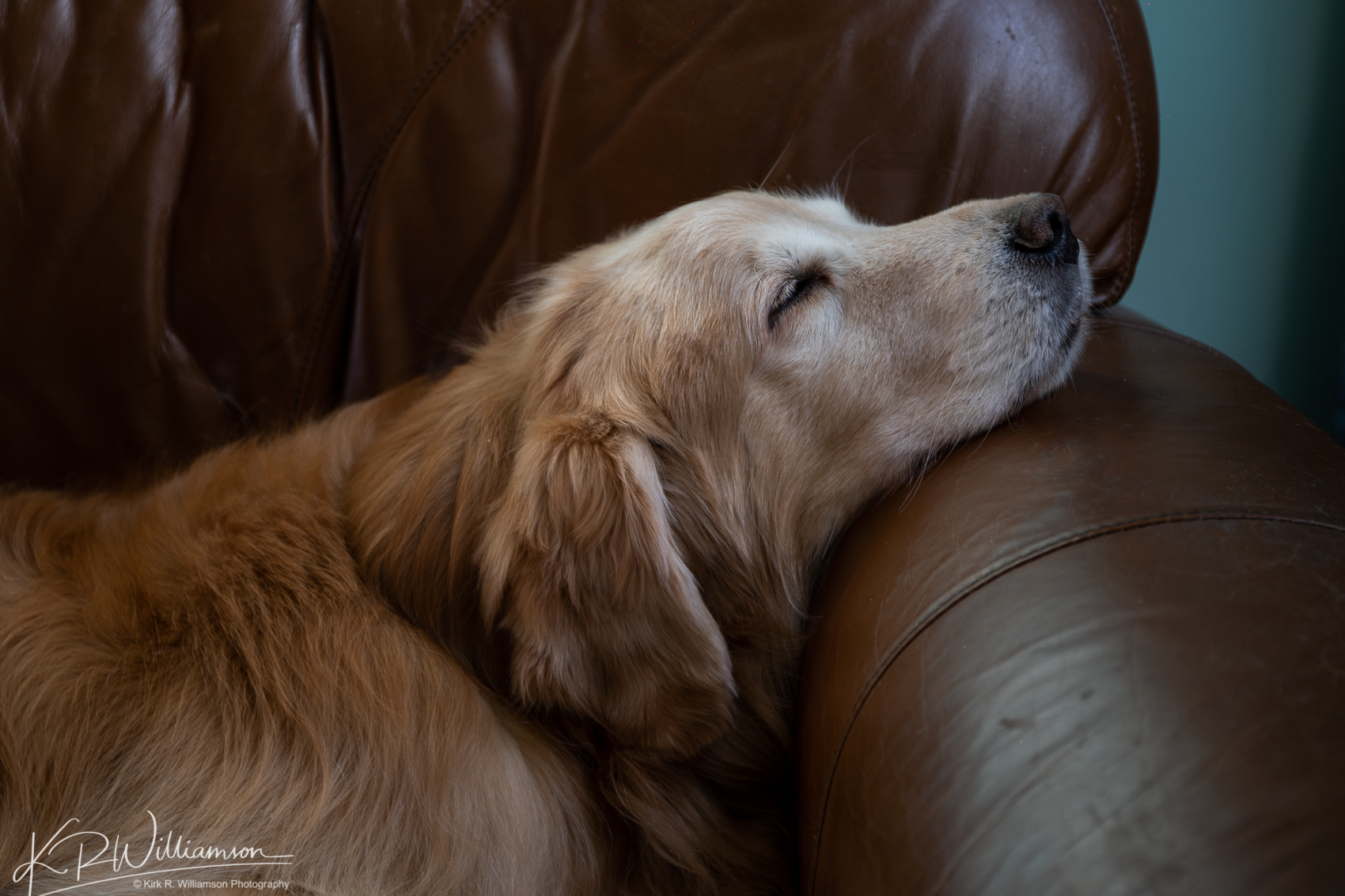
Novoflex Leica M to Sony E mount
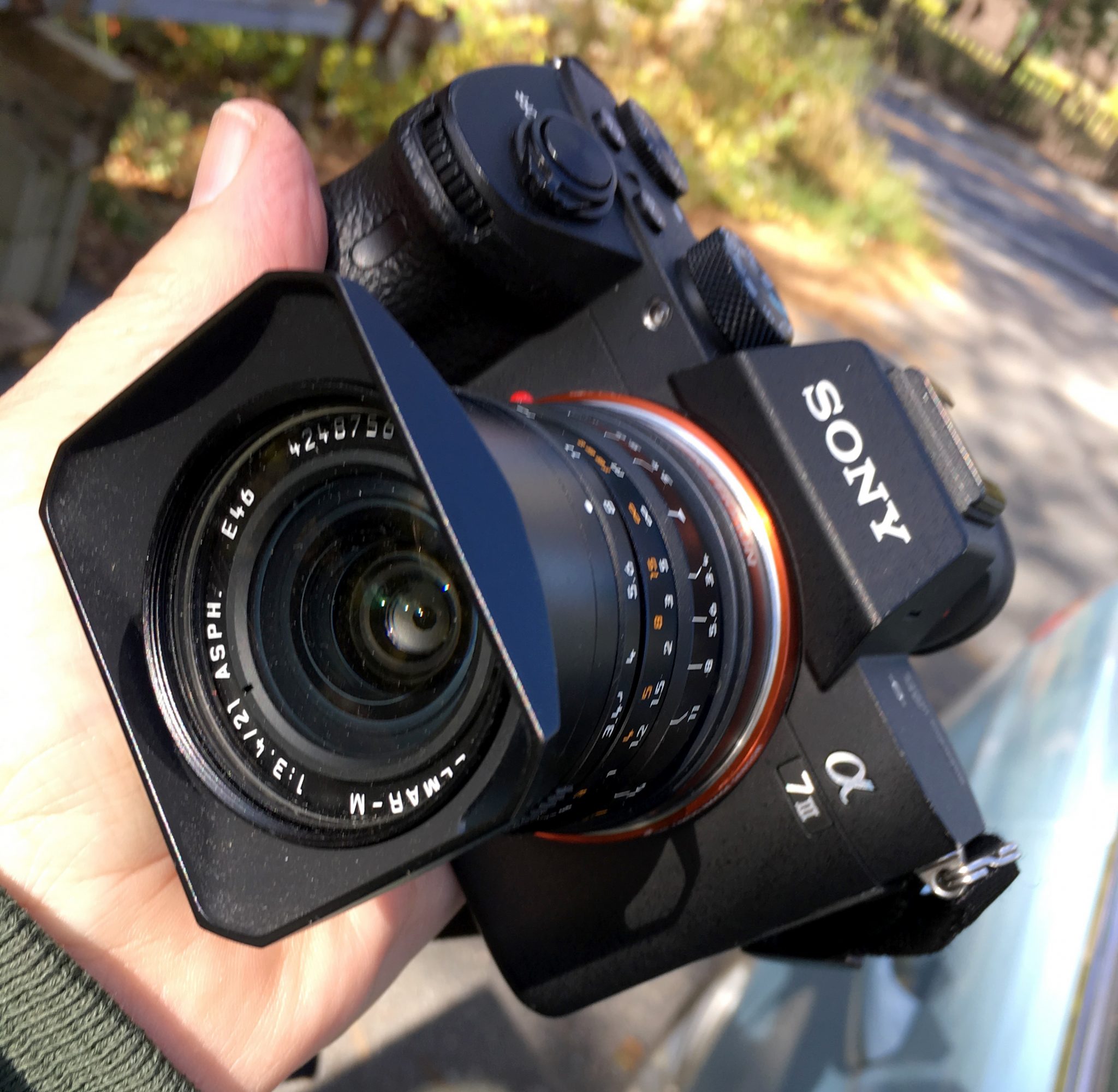
I have owned this adapter for a couple of years now. I started with a terrible Metabones $89 version that was so tight I could barely get the lens onto it. So I sent it back. I found a used version (like new) of the Novoflex adapter on Fred Miranda and purchased it for a decent price. It sells now for $205 on B&H. There are many other adapters for Leica M to E mount but they are not even close to the quality of this one. The German machining is exquisite which means it works flawlessly – for a dumb (no electronic coupling) adapter. Does it seem overpriced, ya well maybe. I have used it on my Sony a6300 for the past two years and it is an excellent adapter, a nice wiggle free fit. But this is about how it works on the Sony a7lll not the a6300.
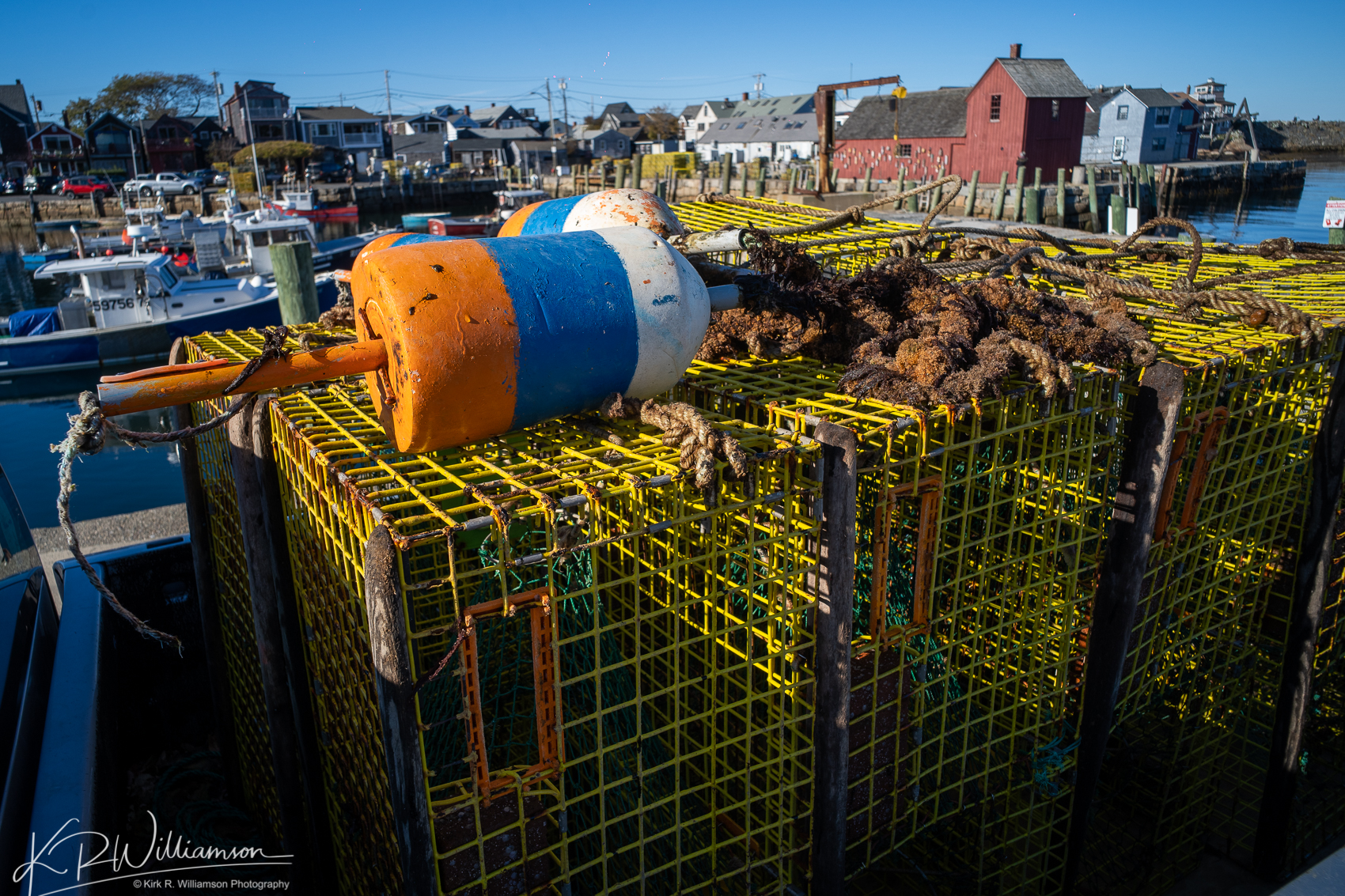
I started right away with the Leica 21mm Super Elmar as it is one of my favorite lenses. The contrast, sharpness, and overall look are outstanding. I set the camera to shoot in shutter priority and auto ISO. I did play around with the ISO some just to see if things were working like I expected. They were. I had read the biggest concern with using Leica M lenses on the a7 series cameras was that the corners tended to get a bit fuzzy with the f stop to wide open because of the curvature of the rear element and it’s close proximity to the sensor. I did some experimenting and the particular combination of the Leica 21 SE and the Sony a7lll is not as bad as written about. Yes, the softness is there, but clearly things have gotten better since the first a7. At some point I will try it on the a7Rlll. Who knows it may be even better. As soon as I stopped down to f5.6 it was completely gone. You can see some of this fuzziness going on in the bottom corners in the photo below. It’s there but I can deal with it. Hell it’s a 21mm so if you want everything sharp shoot above f5.6 and focus closer to the foreground.

The best thing about these manual focus lenses is they have a distance and f- stop scale printed on the front. A very useful tool. I set the Sony up to do a number of different things to help me with the manual focus. First I set focus assist magnification to on. I then set the C3 button to activate the focus assist magnification. Then I set focus peaking to the color red and to low intensity. Using focus peaking is difficult to get used to but worth the practice. I found that focusing wide open gives you a better idea of what’s in focus. After I do this I move the f stop to where I want it. It’s pretty cool see your focus plane move back and forth as you focus. Focusing at your chosen f stop gets more difficult as you get up past f8 depending on the lens. The focus peaking needs to be the thickest at your point of focus otherwise your focus will be off.
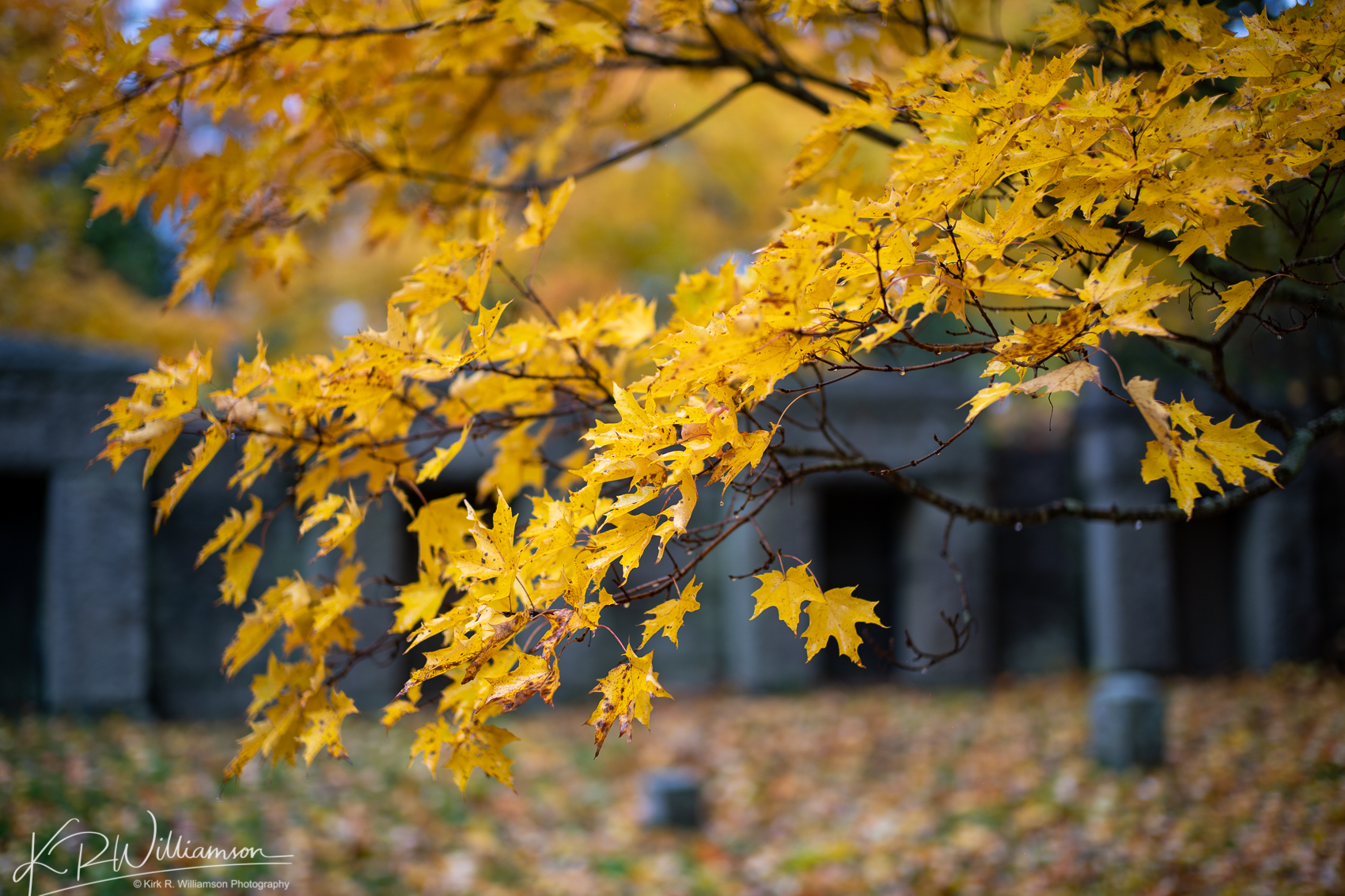
The image below was shot at f8 and it was a mighty struggle getting the focus just right as the whole tree looked like it was in focus with focus peaking. So I focused at f1.4 and then changed it to f8 before making the shot. Leaving the ISO on auto really helps using this method.
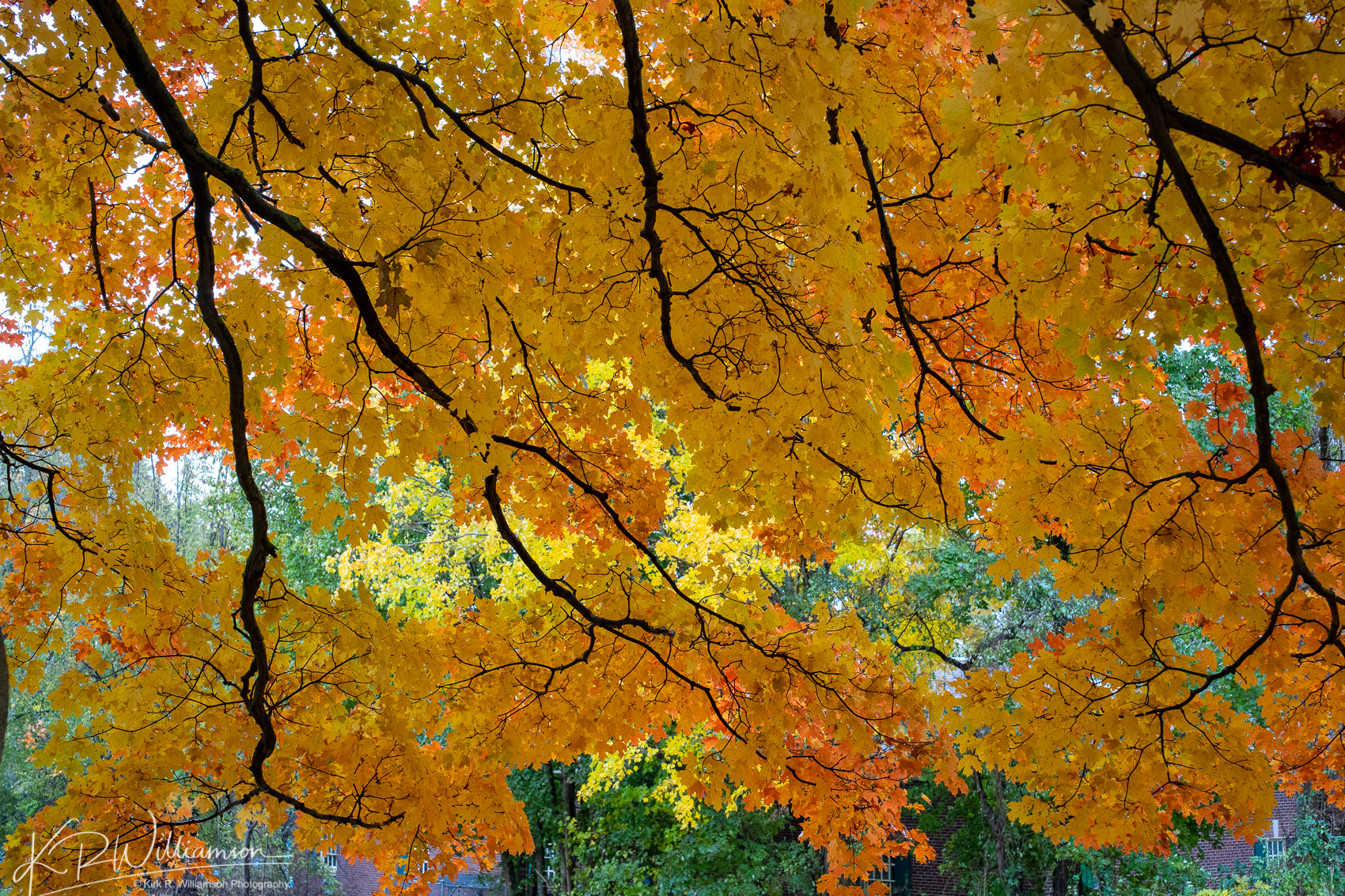
Being able to use these Leica prime lenses on a superb sensor was a real treat. I like to take one lens out and shoot with one option moving my feet instead of zooming. Focusing myself is a pleasure and brings me back to a simpler time in photography. Lastly, I leave you with this B&W conversion of a fence I encountered along the way in a morning walk in Ipswich, MA. It was pretty easy to focus on the pickets in the front with focus peaking not a bunch of leaves.
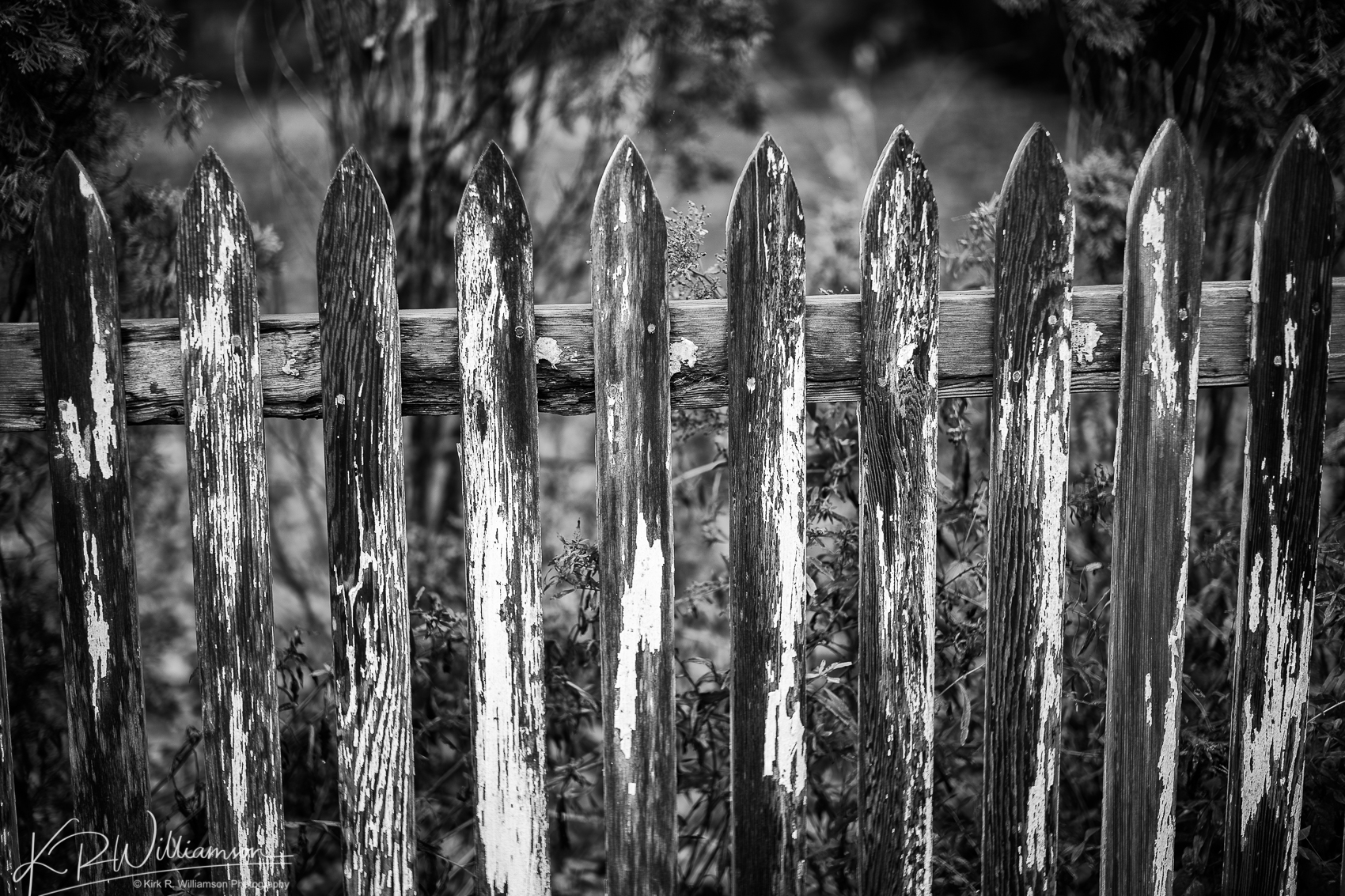
Conclusion
In my opinion this adapter, even though overpriced for what it is, is the best option for shooting Leica M mount lenses on your Sony a7lll. It connects to the lens and the camera very securely. The machining is superb as is most German made camera gear. It accepts any M mount lens. So that gives you a ton of options for old legacy glass lenses with this mount like Zeiss, Voigtlander and of course Leica. This means for pretty low money or a lot of money you can get some very beautiful looks to your images. I have a Leica screw mount 35mm Summaron f 3.5 lens from before WWll with an bayonet M mount adapter that works with this adapter that gives results which are amazing.
I found the Canon lenses and the Sigma MC-11 to be a great alternative when starting to switch systems. If purchasing the Sony a7lll is on your list then I suggest purchasing this adapter if you are coming from Canon. Save your money and buy a Sony mid range zoom lens like the 24-105 f4 or 24-70 f4 when finances allow to get started. Sadly if you are coming from Nikon you will have to go the more expensive Metabones route.
In both cases if you are considering purchasing an Sony a7lll and have a large stash of Canon or Leica M mount lenses than these two adapters should be your first purchase if a complete move to Sony is not in the cards. I intend to buy an a7lll when finances permit and slowly move into Sony glass. These adapters will allow me to do this.
The results are worth it! The sensor in this camera is superb and gives incredible results. The detail is stunning and in my opinion is worth the switch. I know Canon and Nikon have jumped into the fray but their first offerings are in my opinion not as good as this camera. For Canon, they have introduced the R lenses and I for one am impressed but the camera comes up short. I know they will blow us away in the future but the future is a ways off.
Sony is here and I’m not getting any younger!
